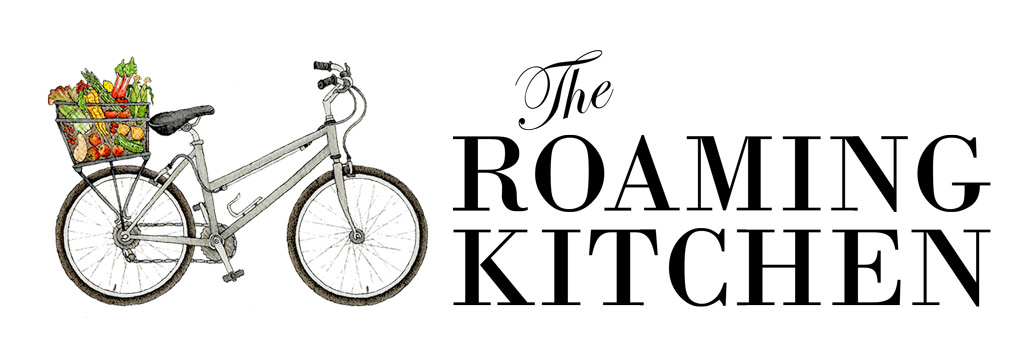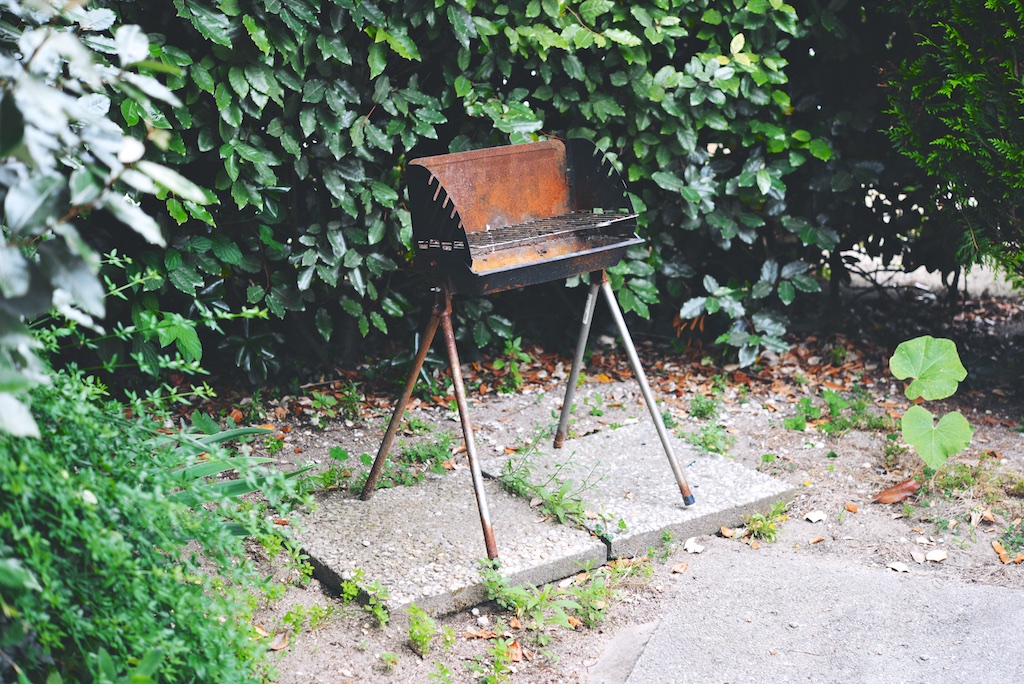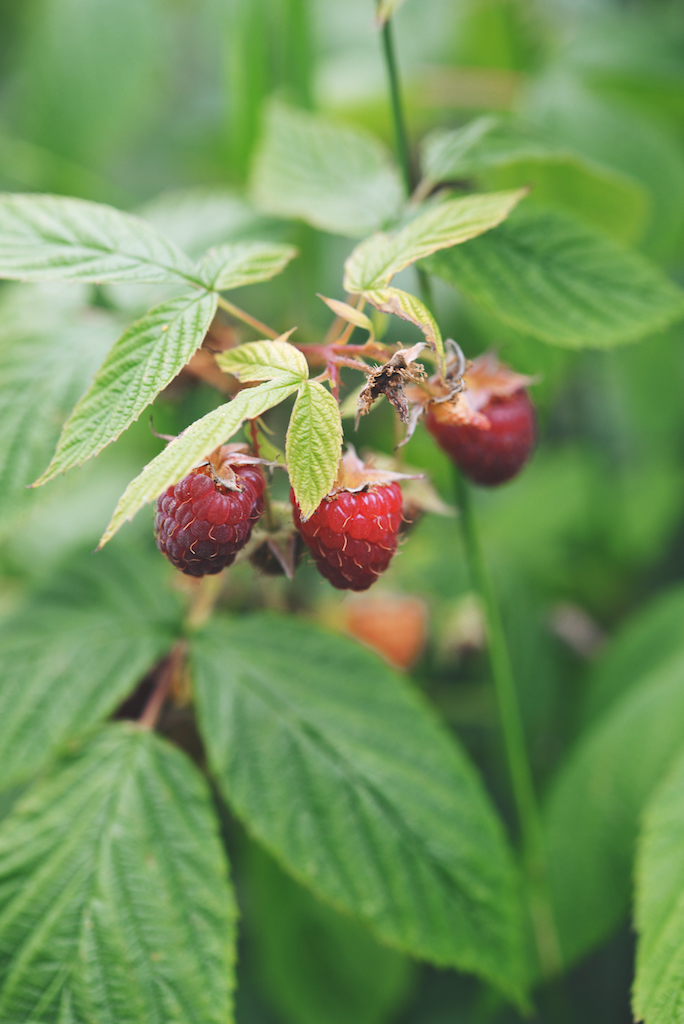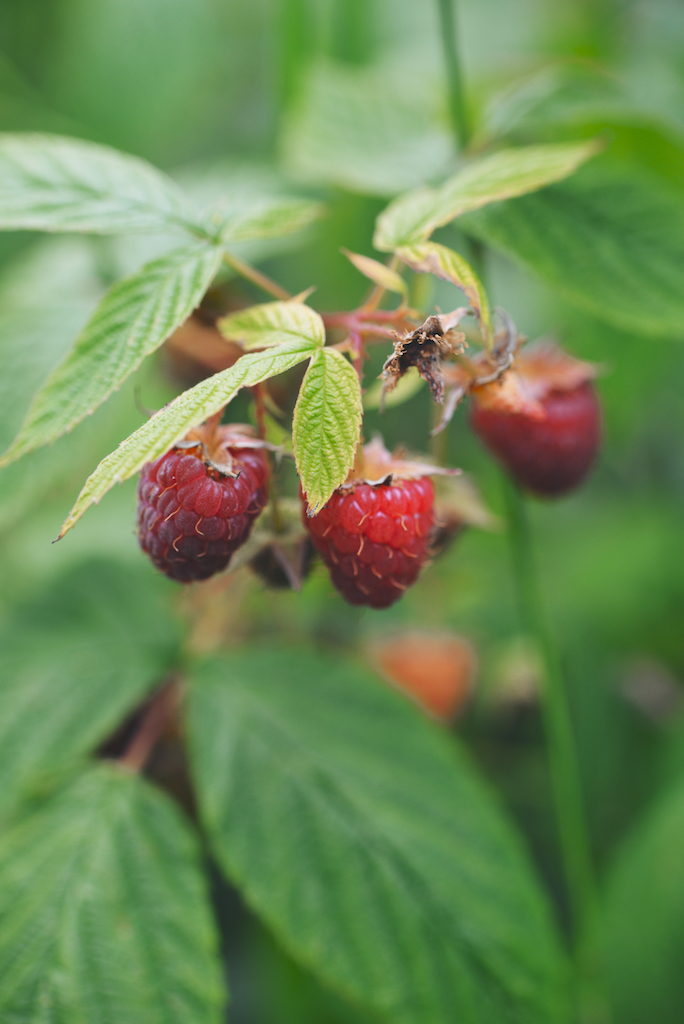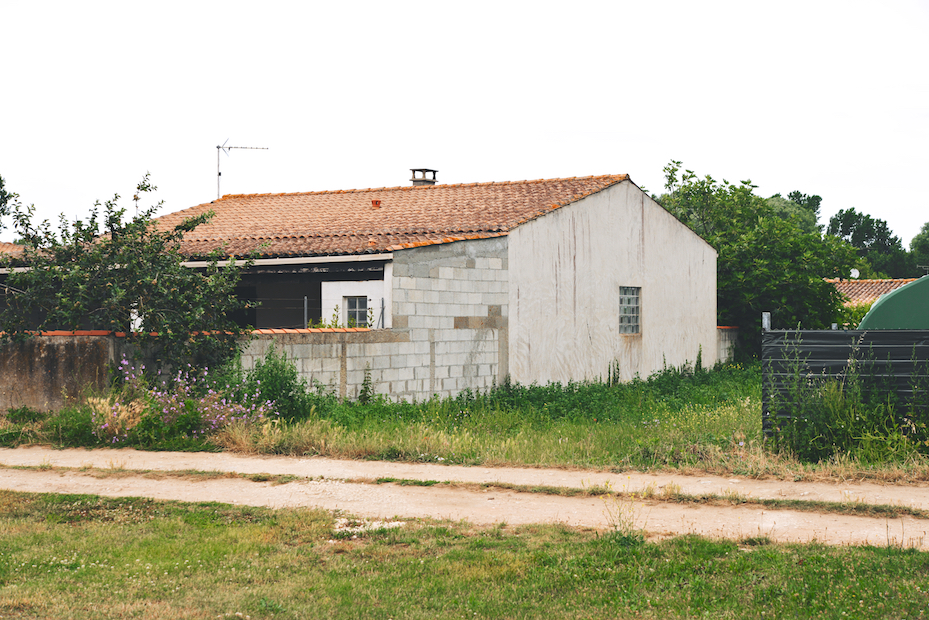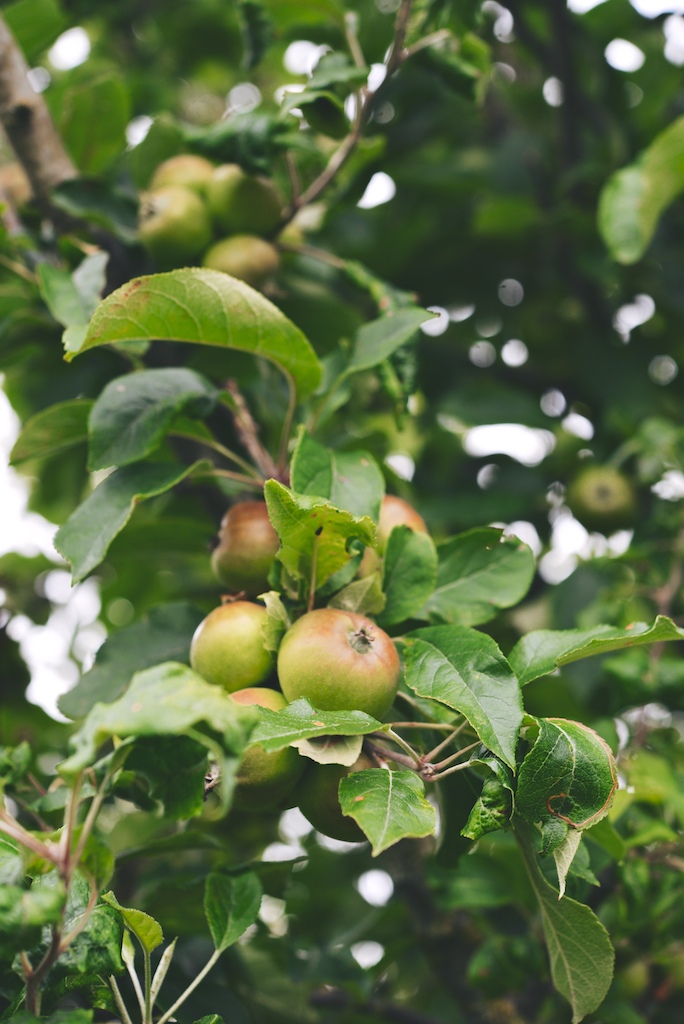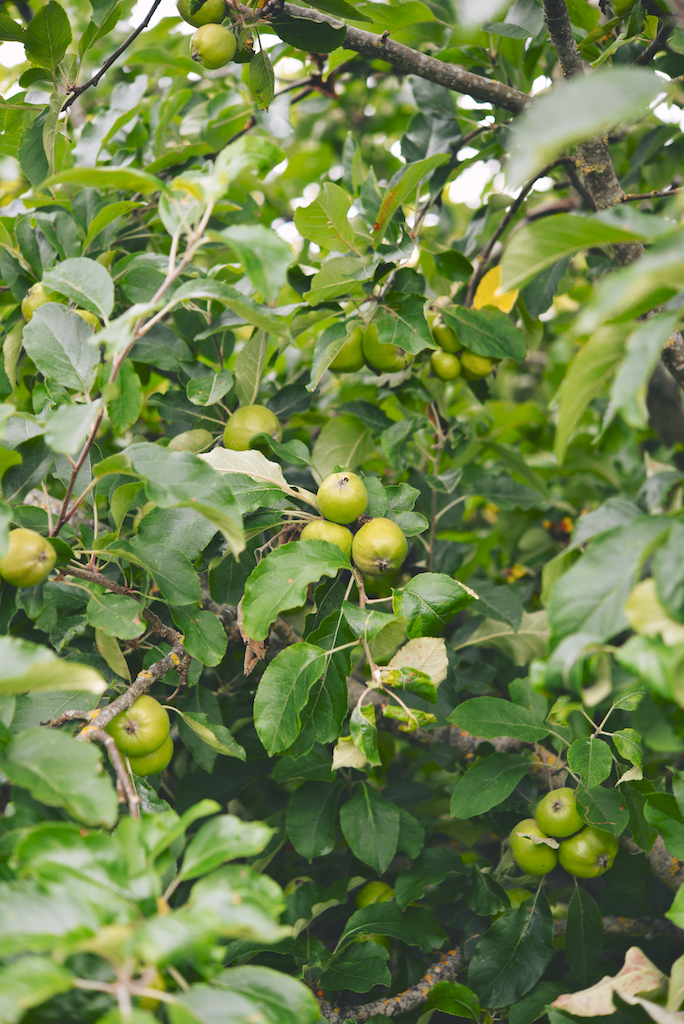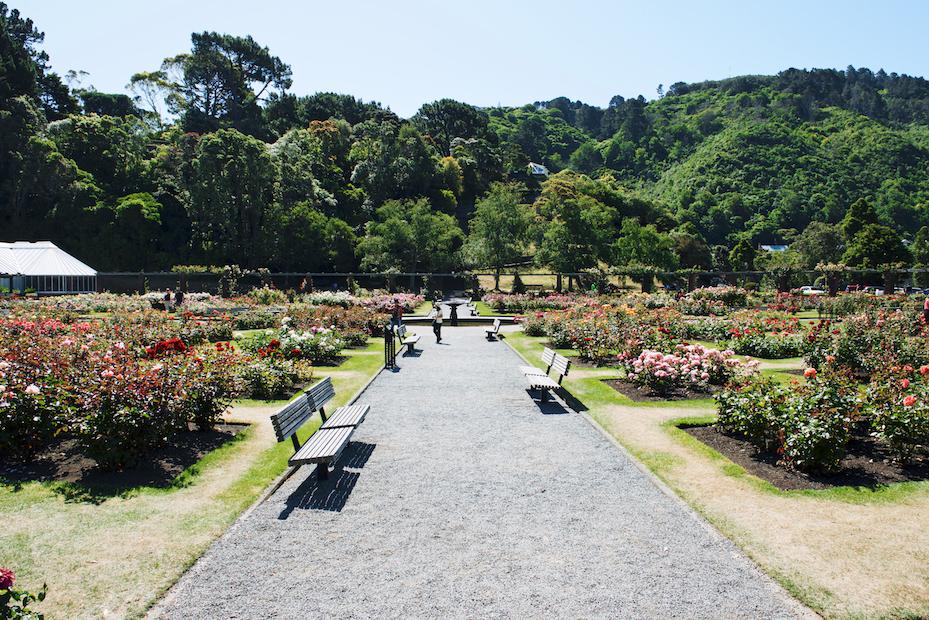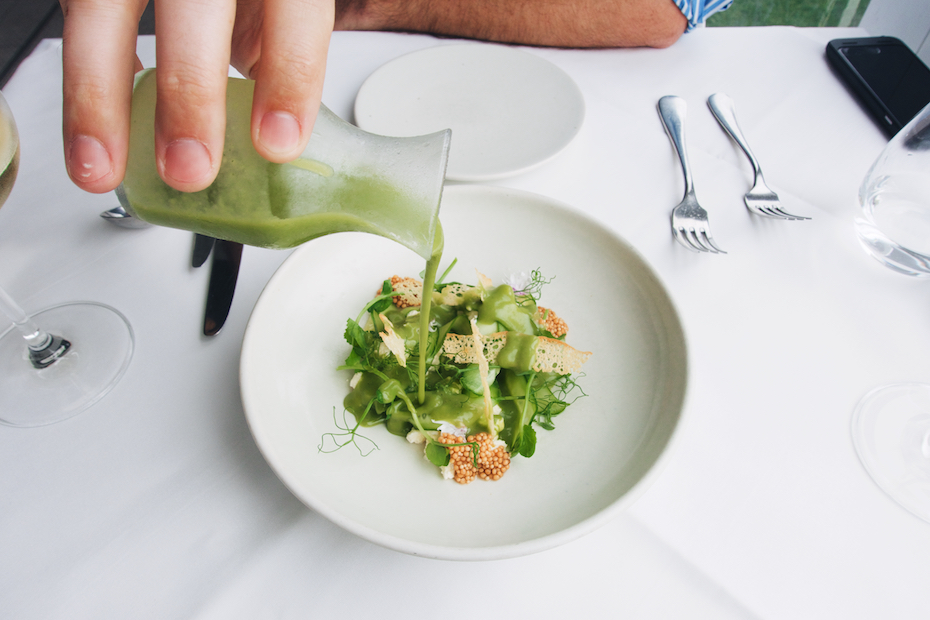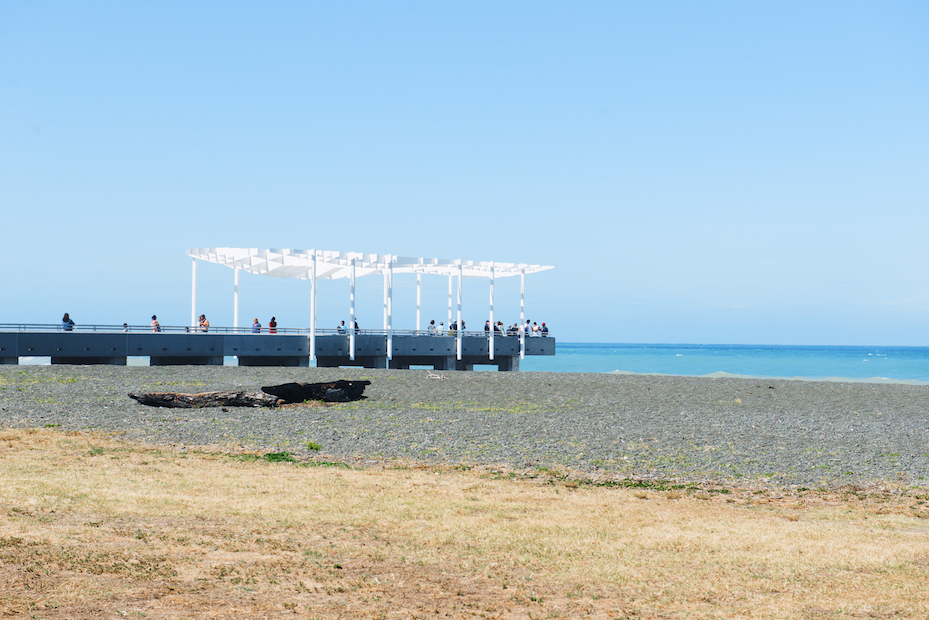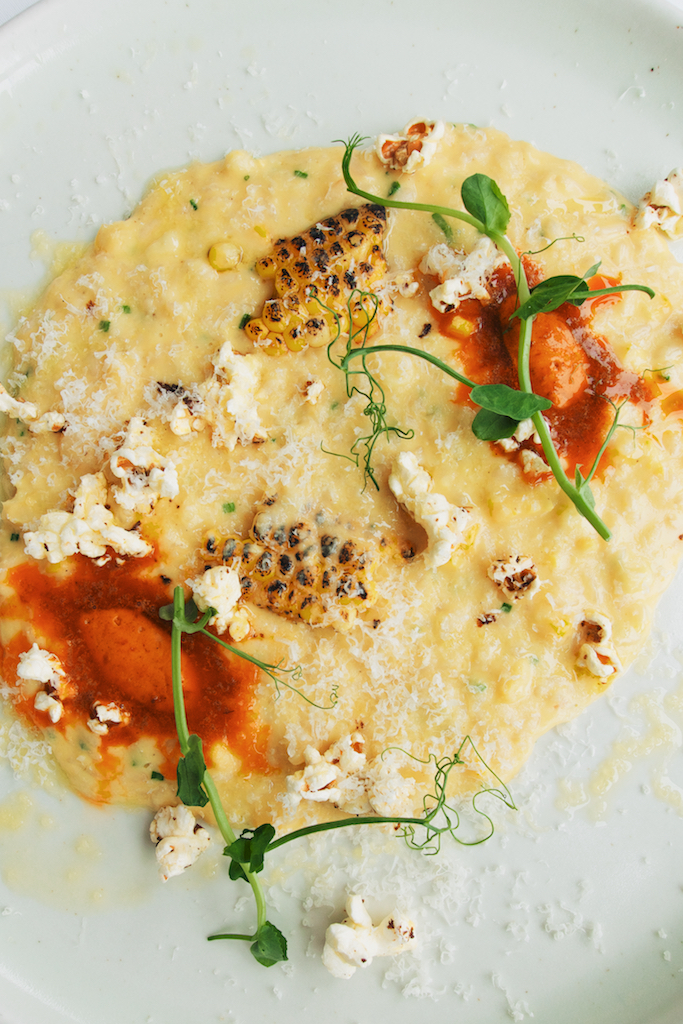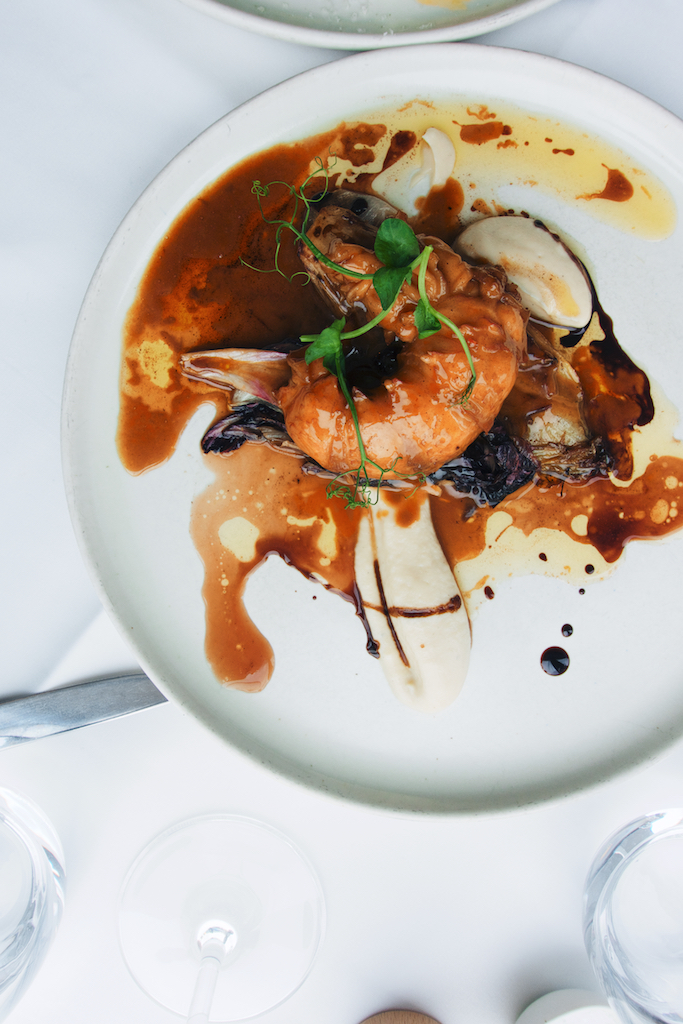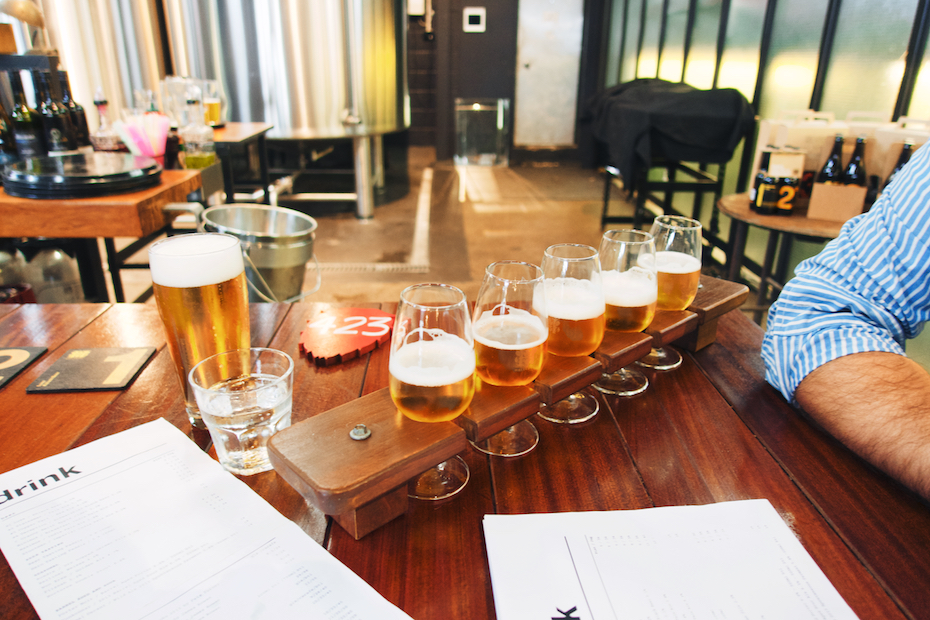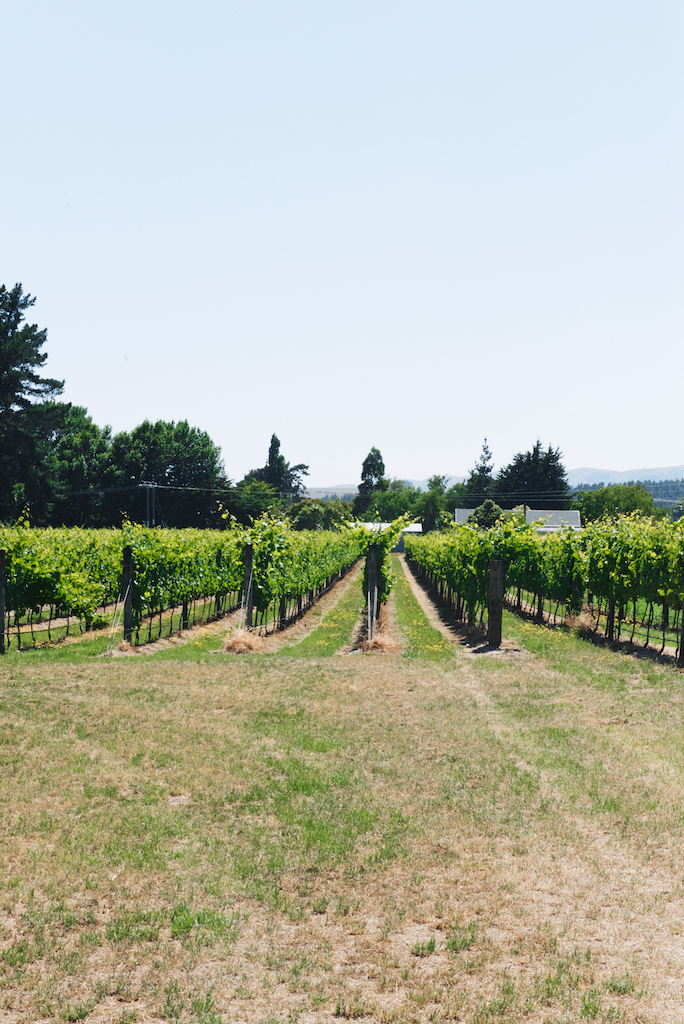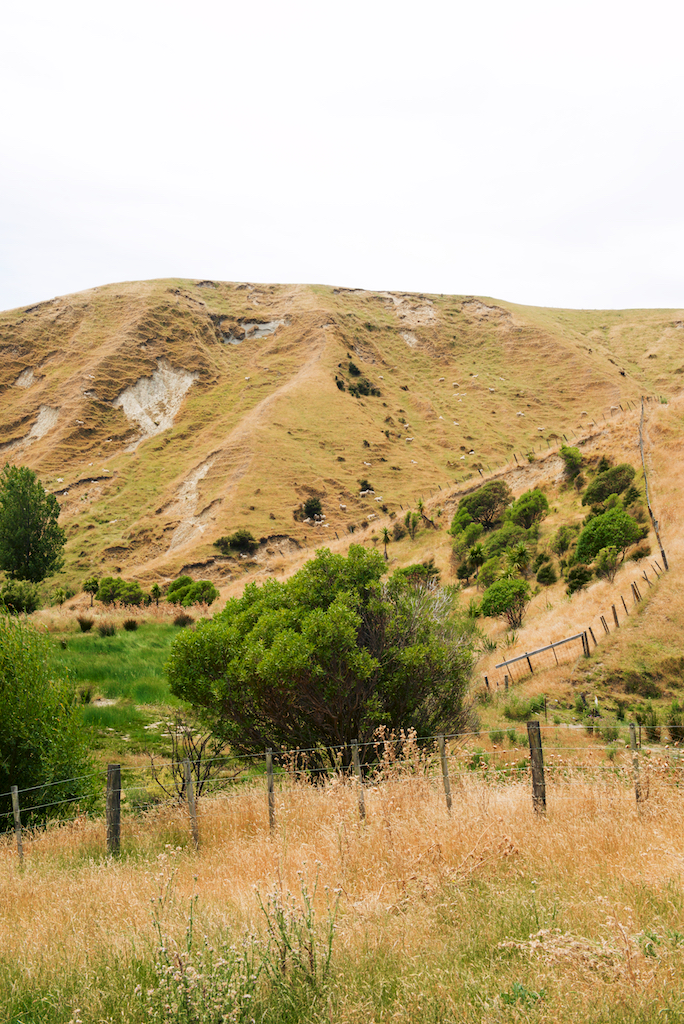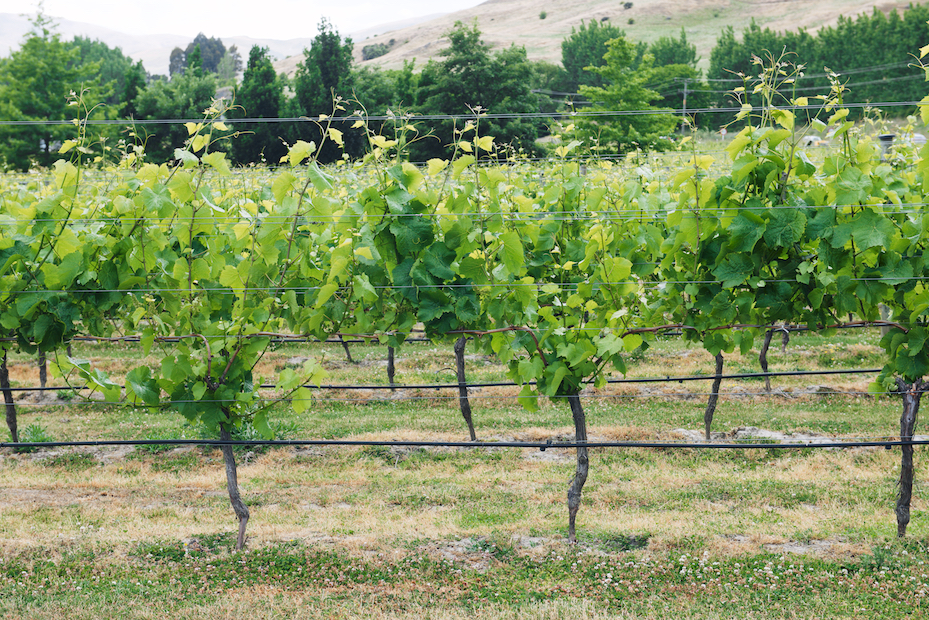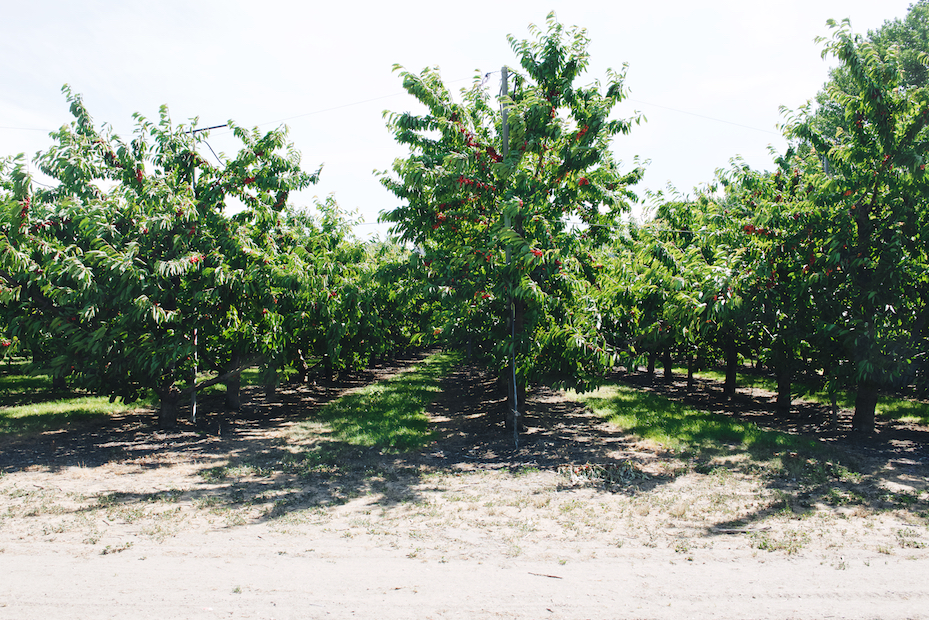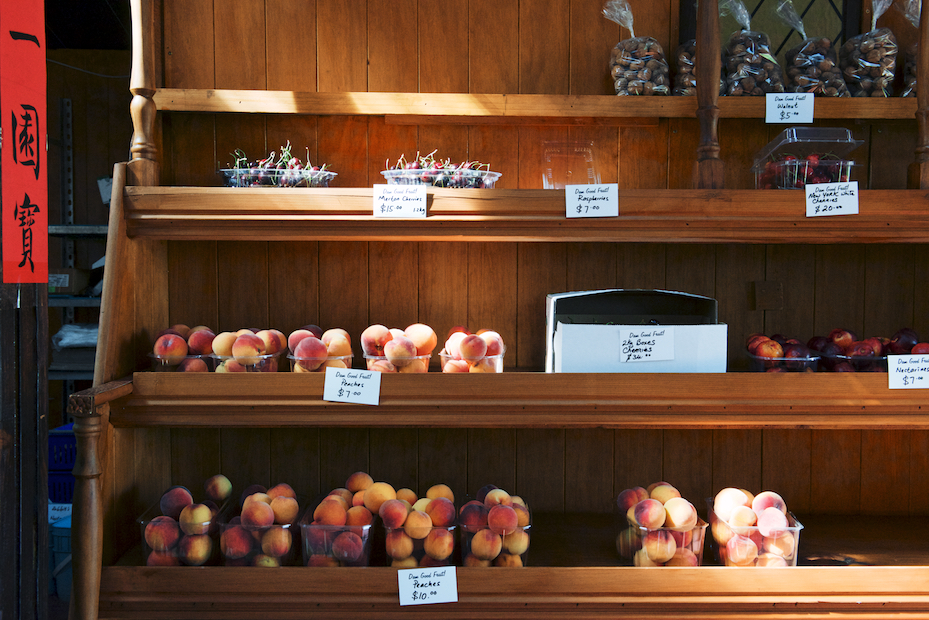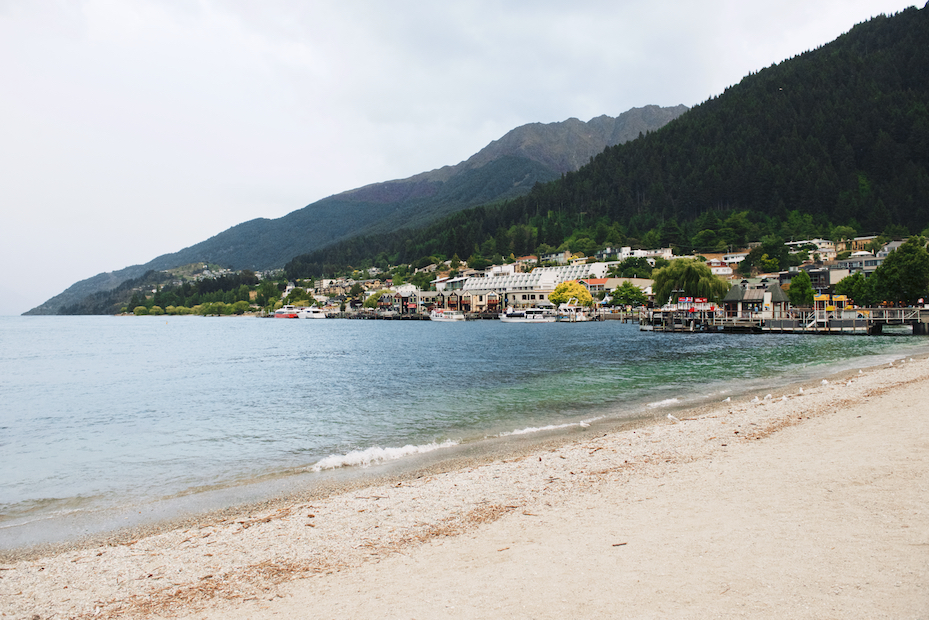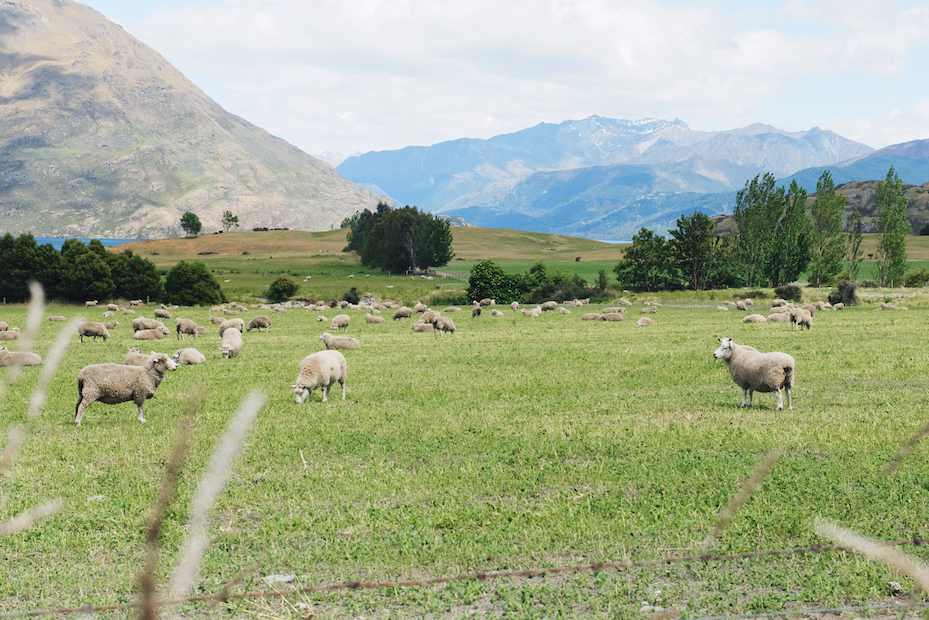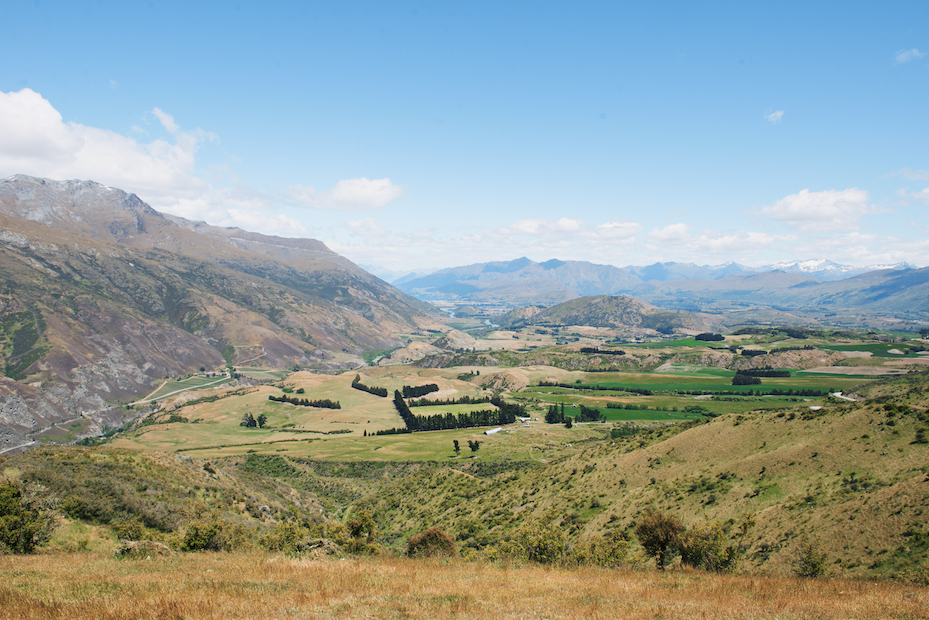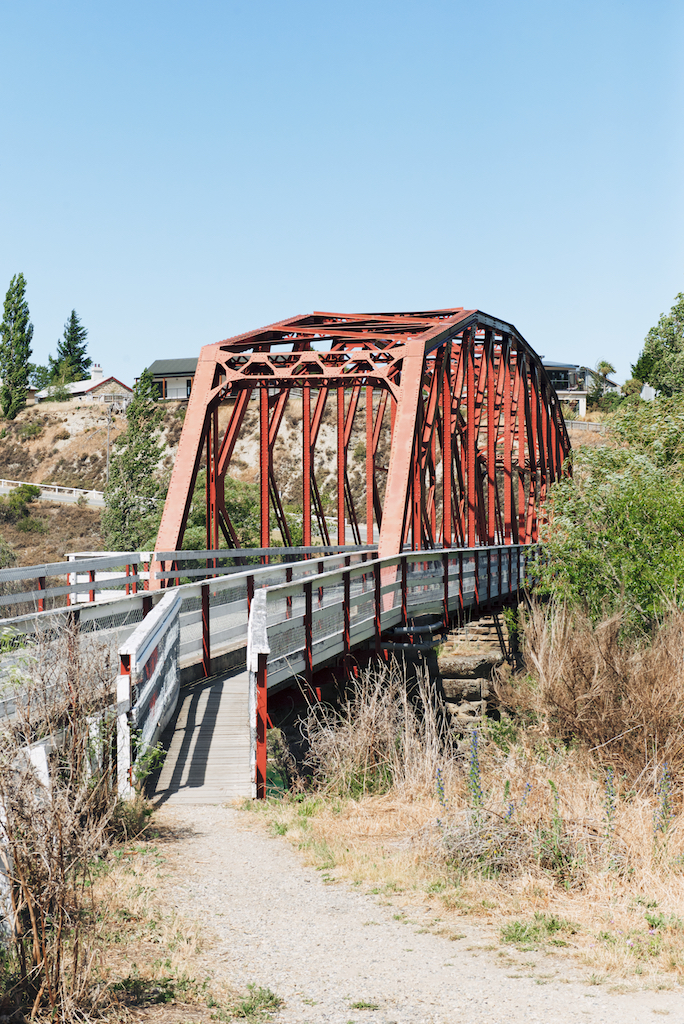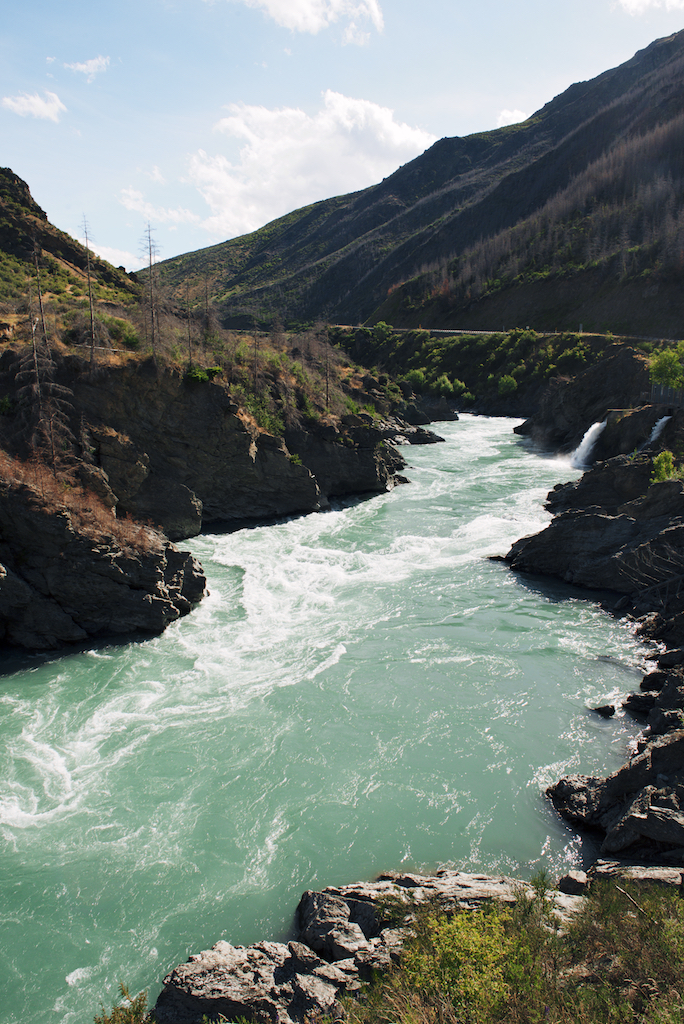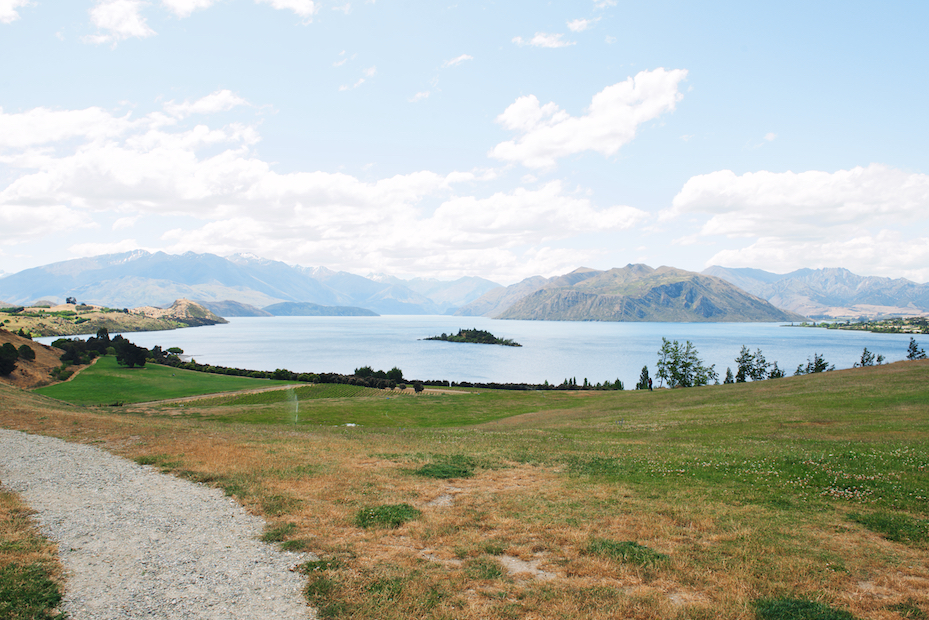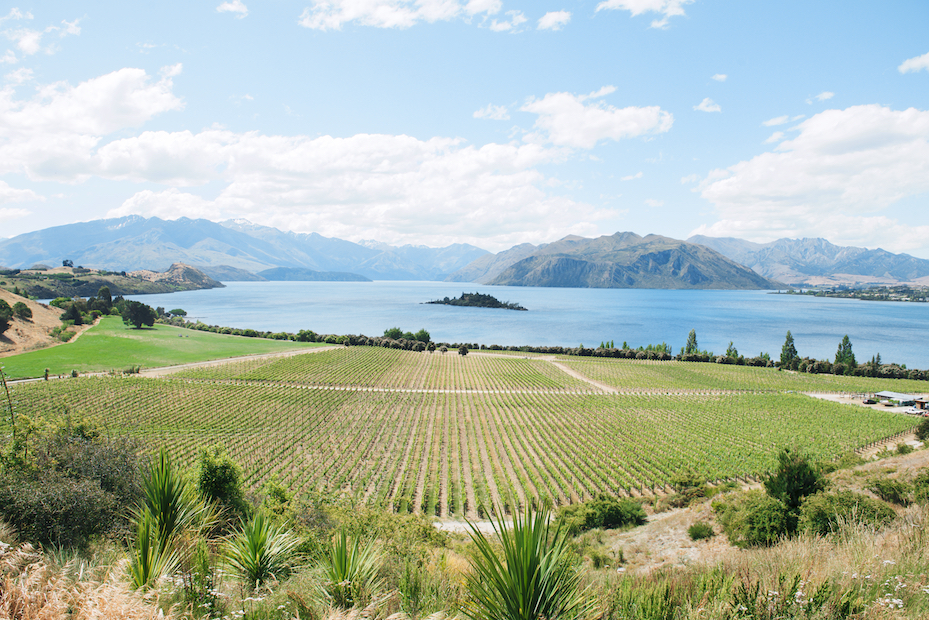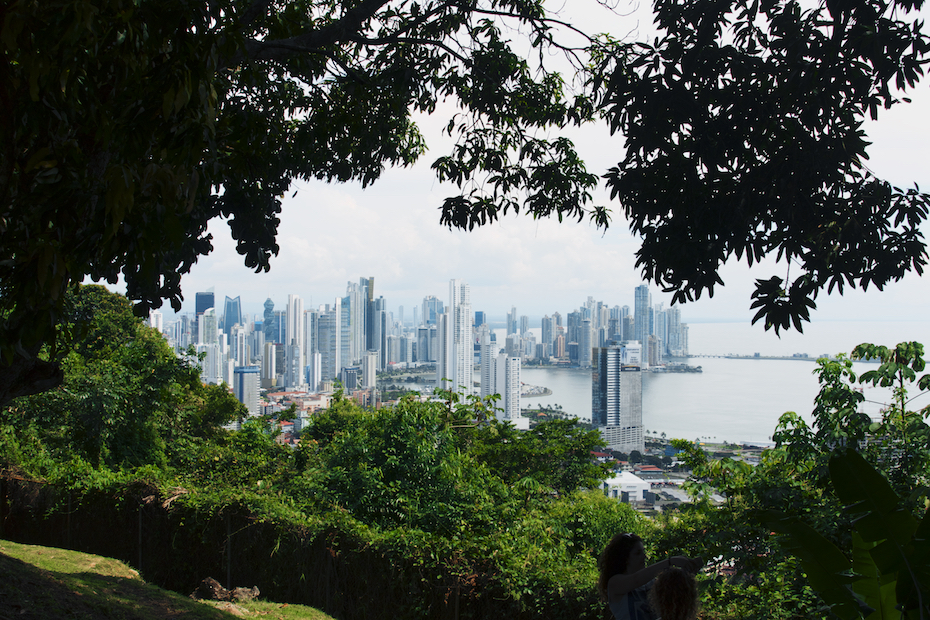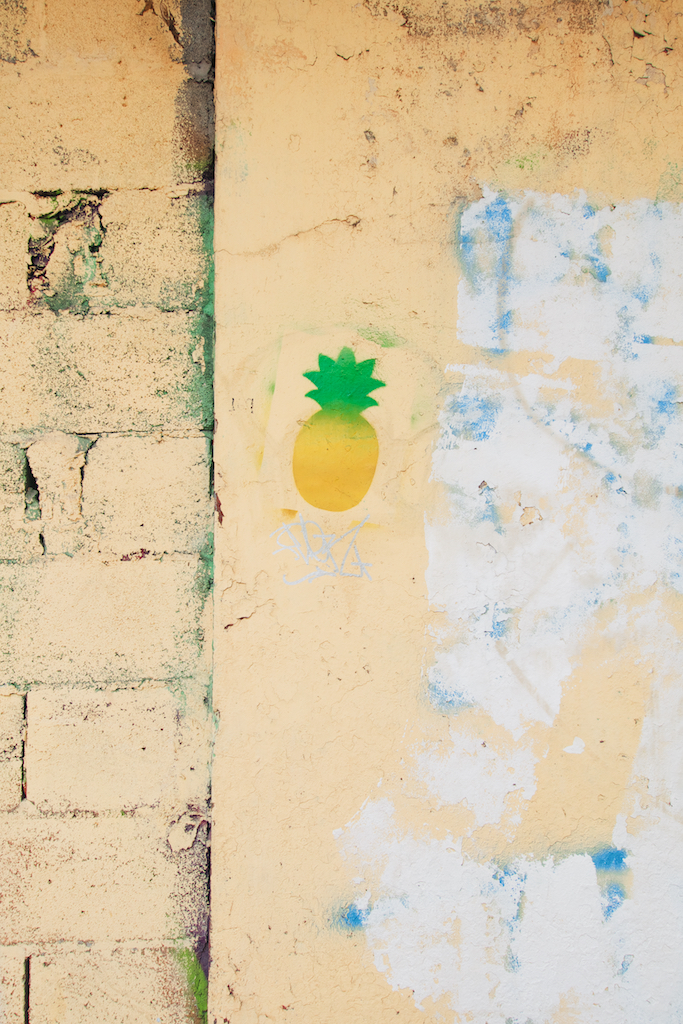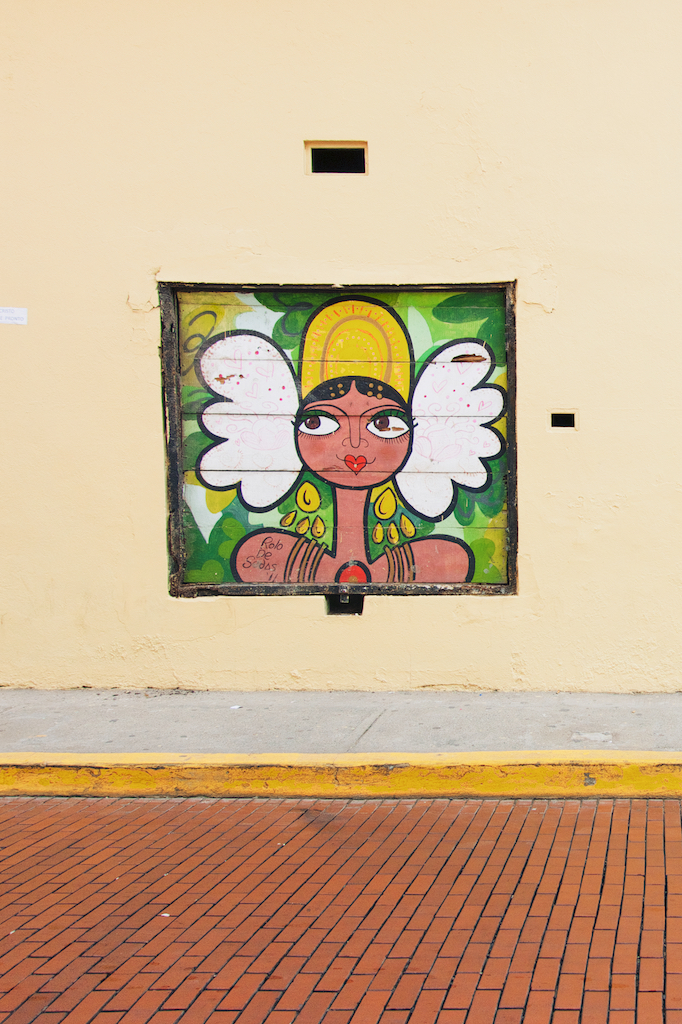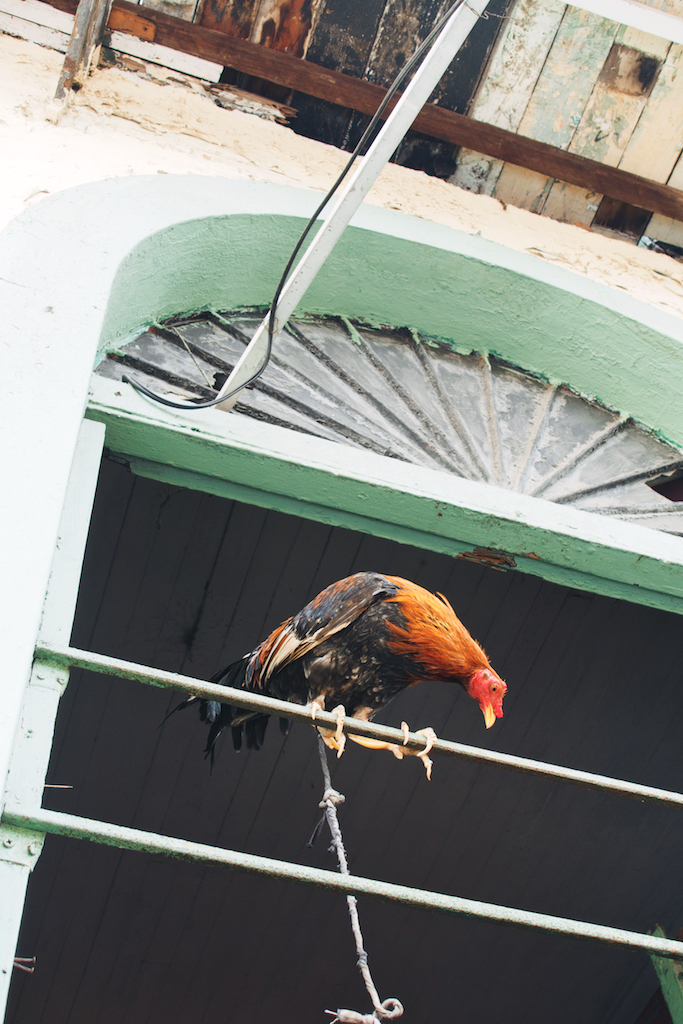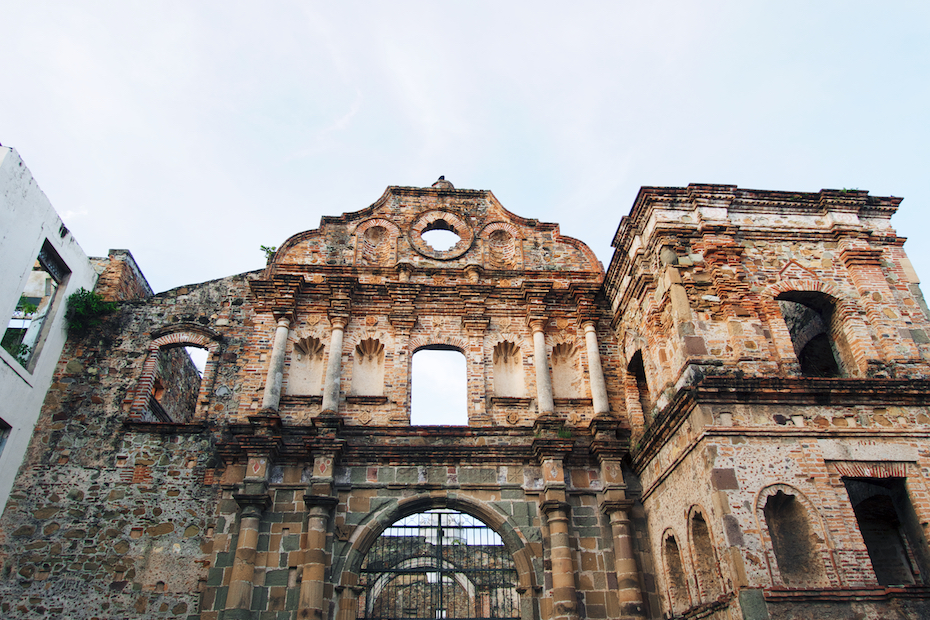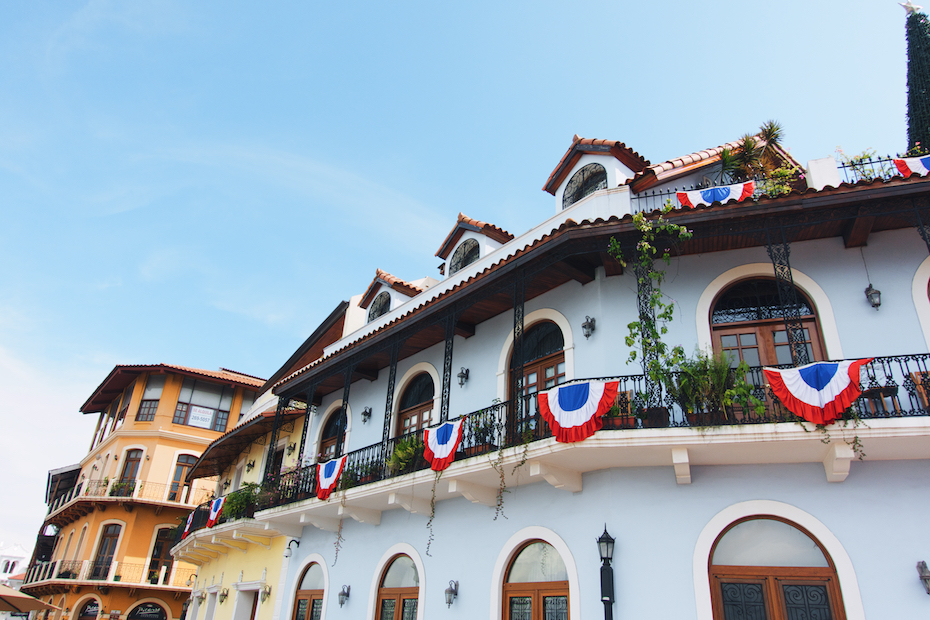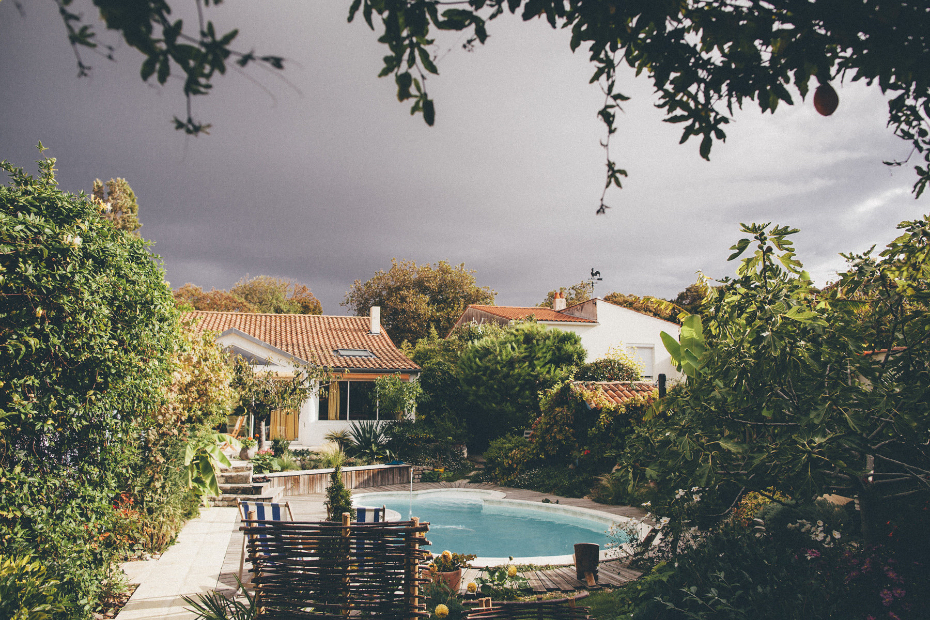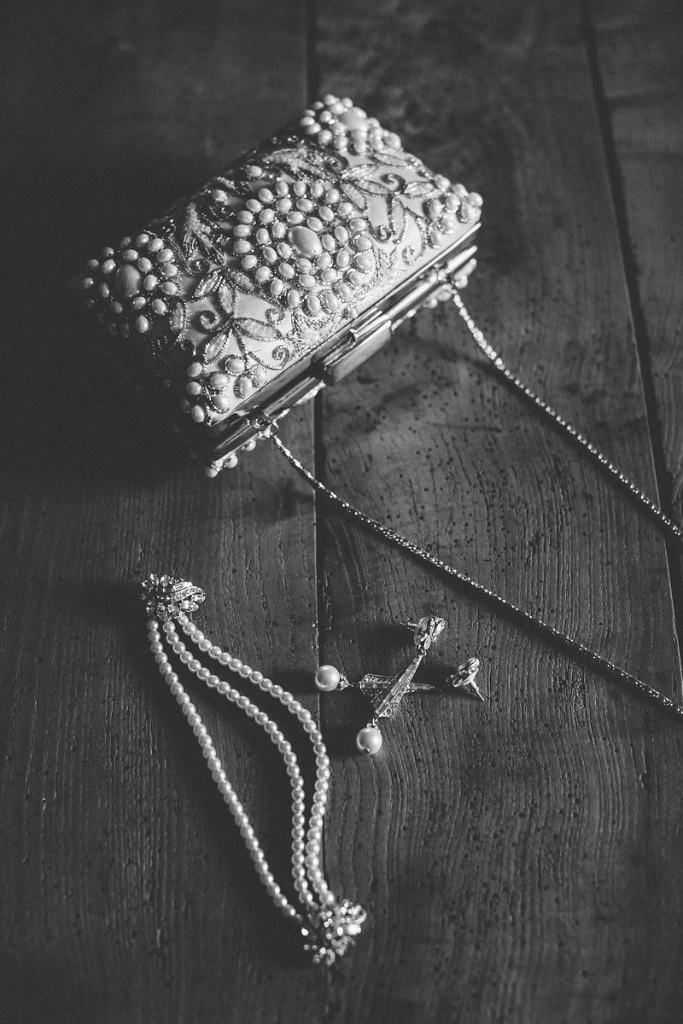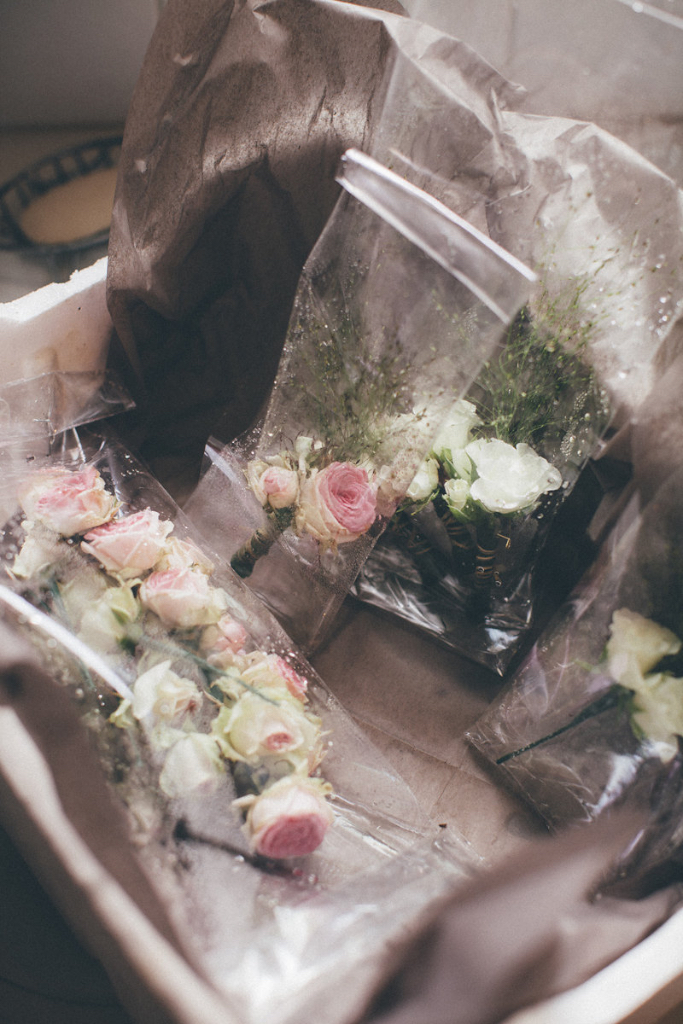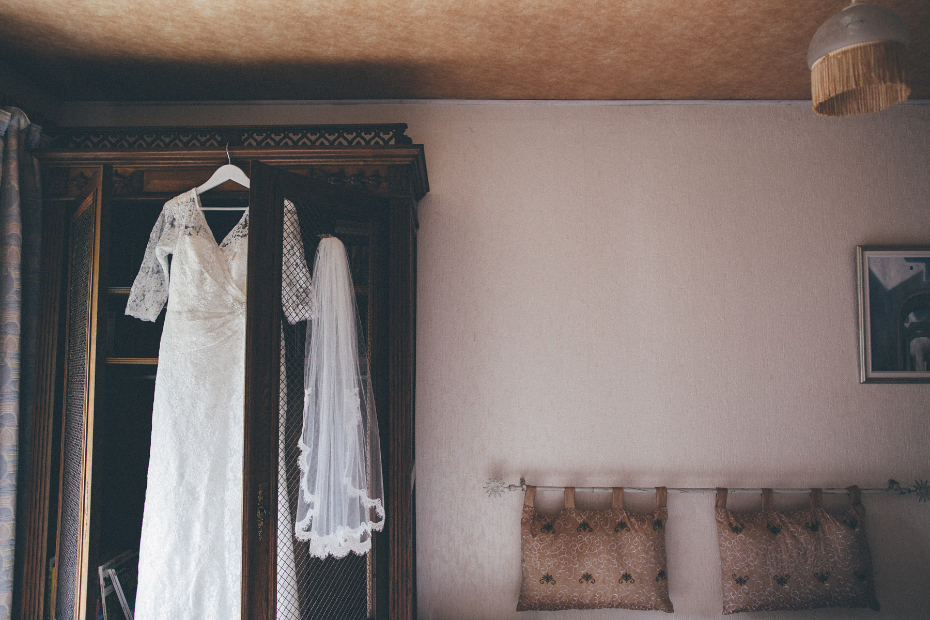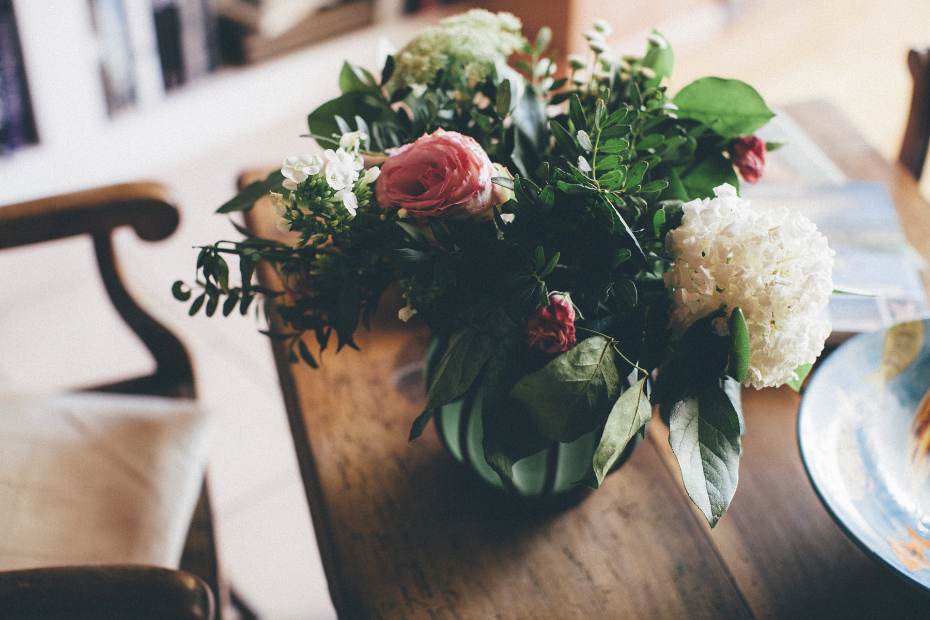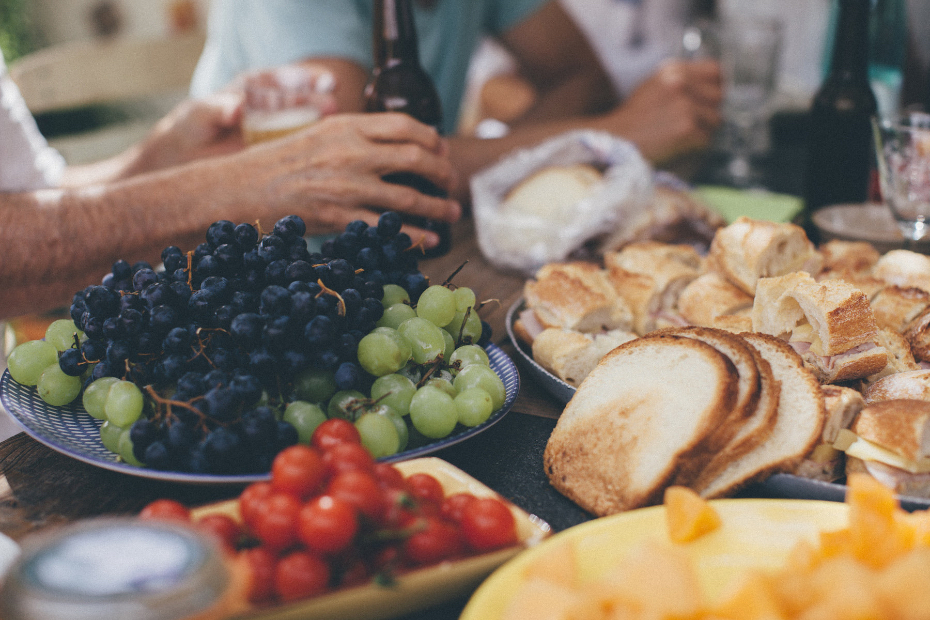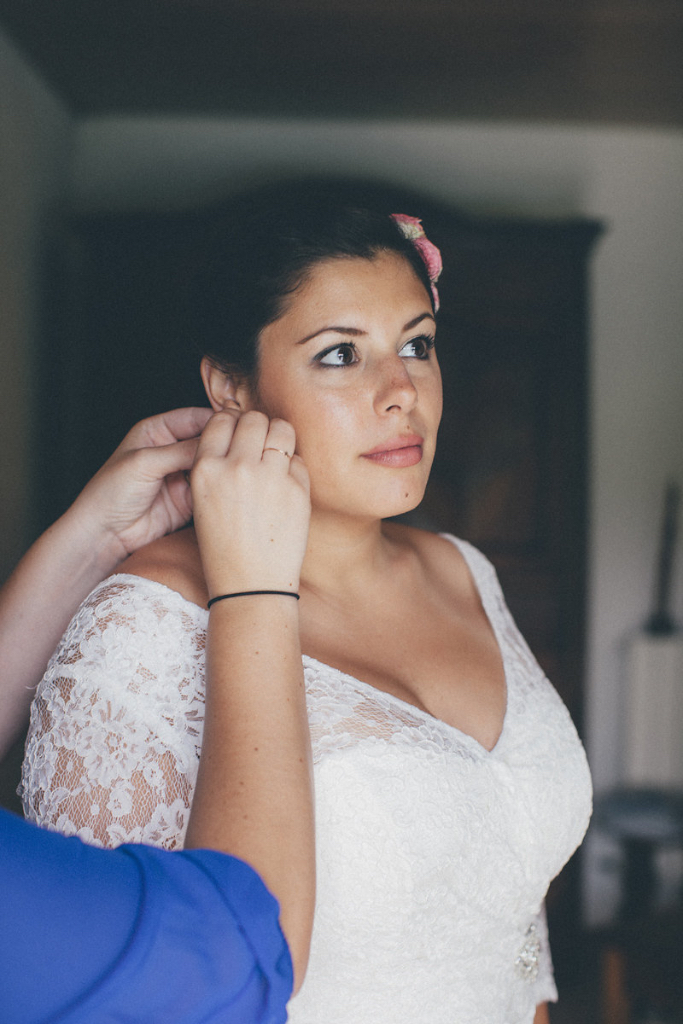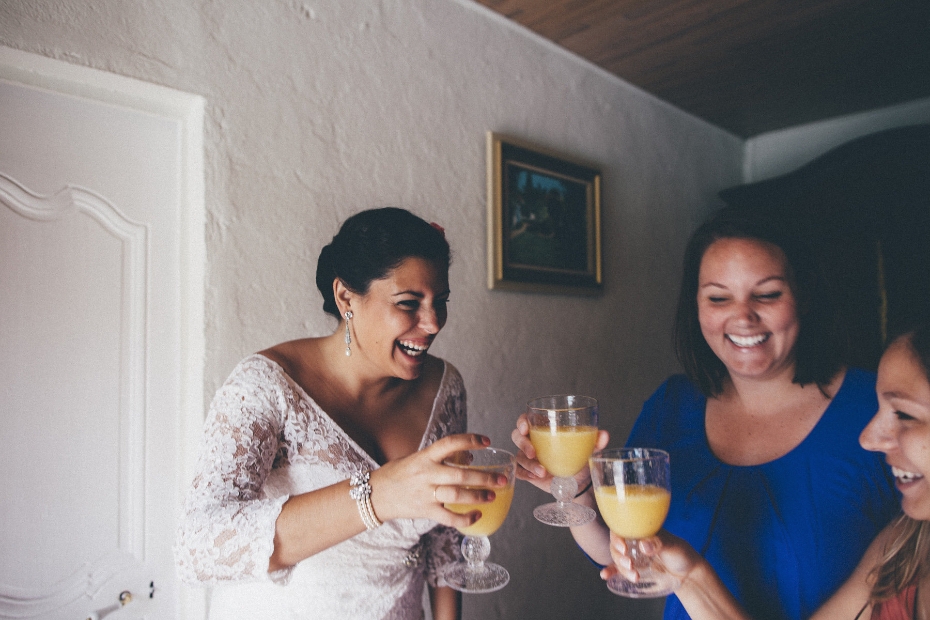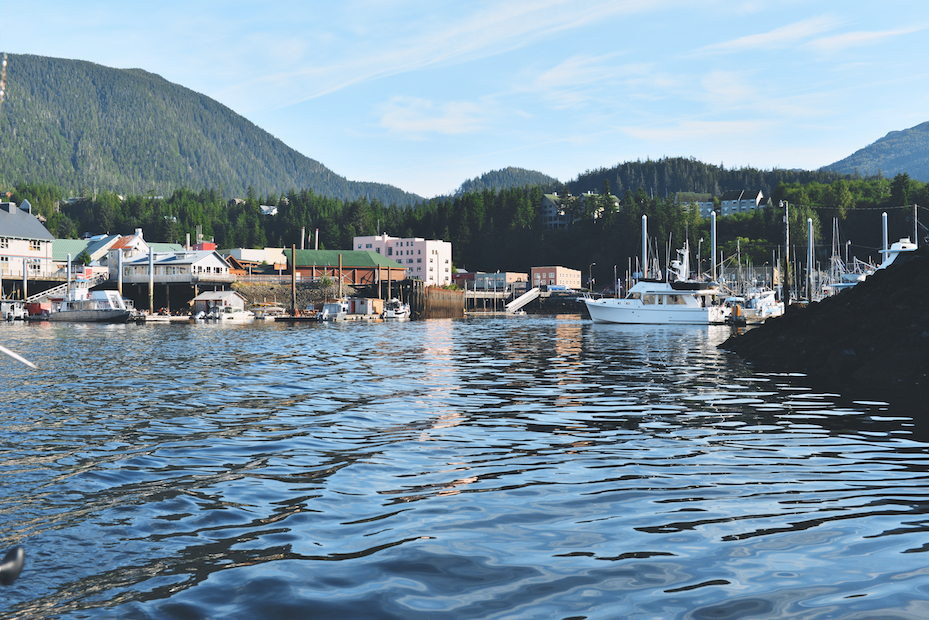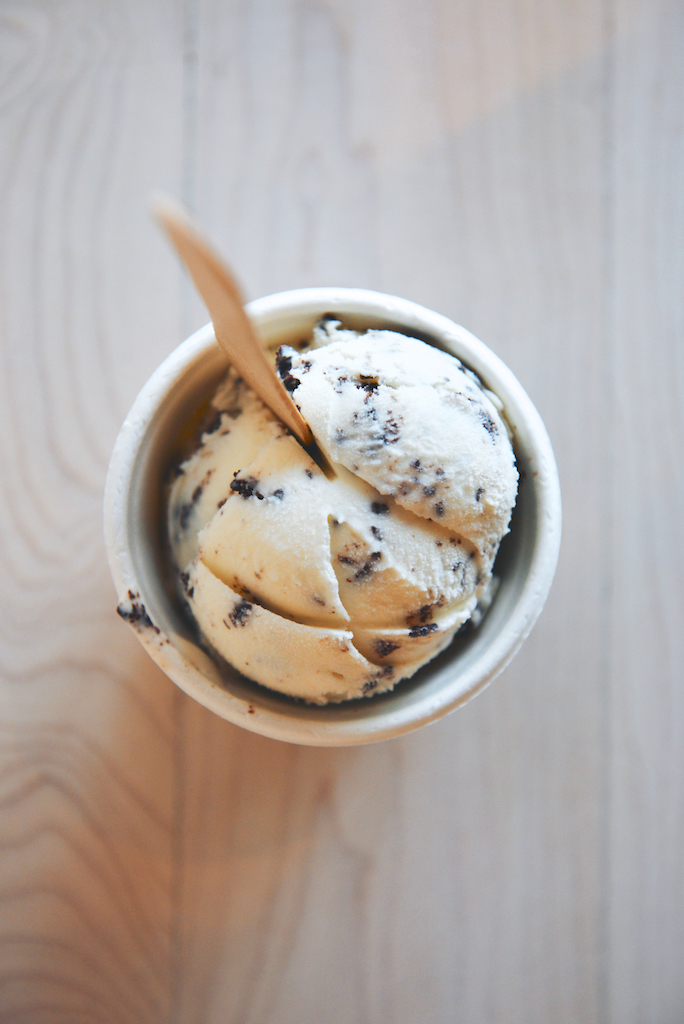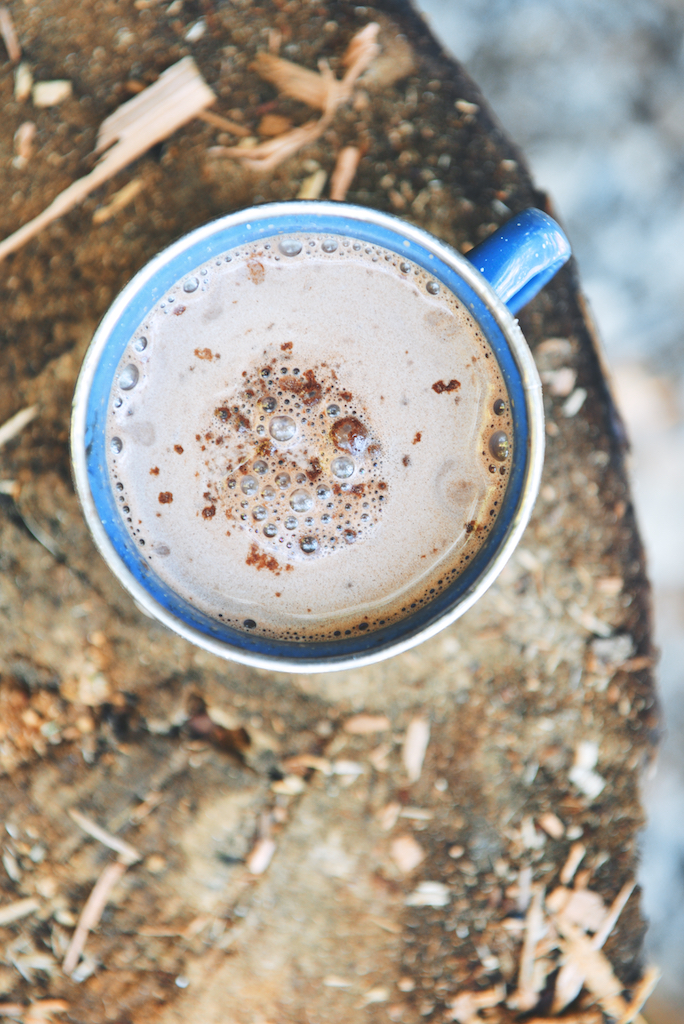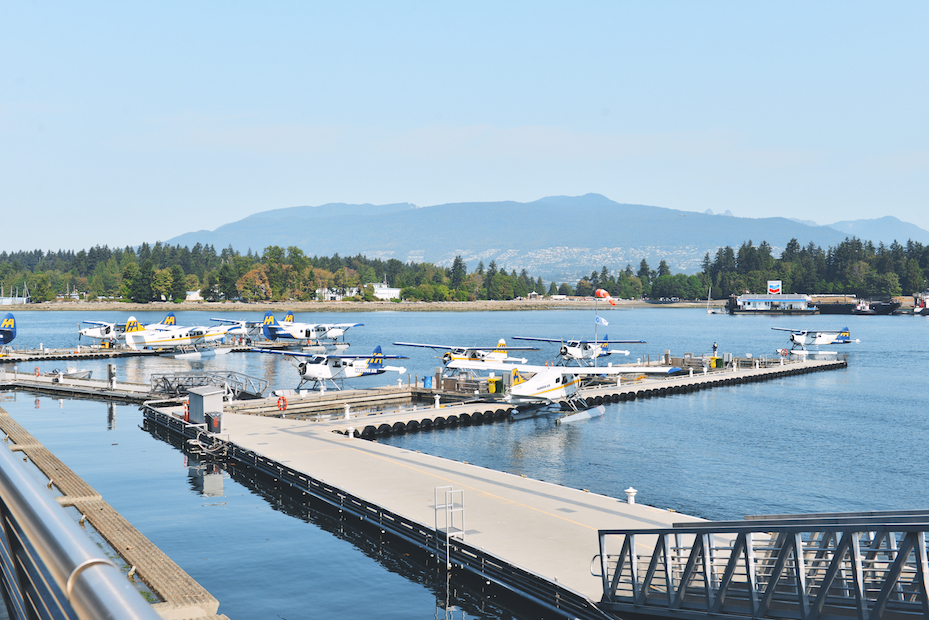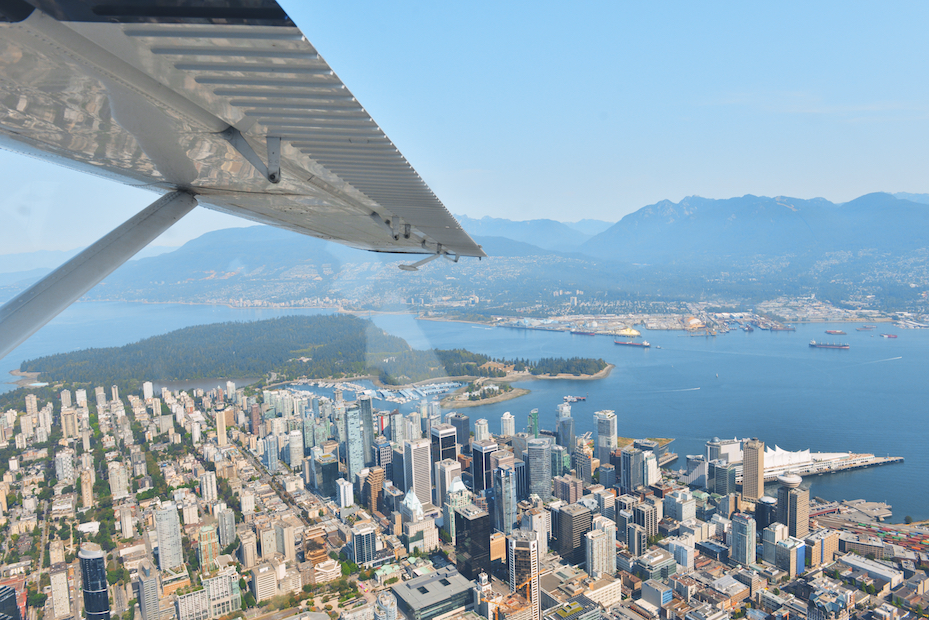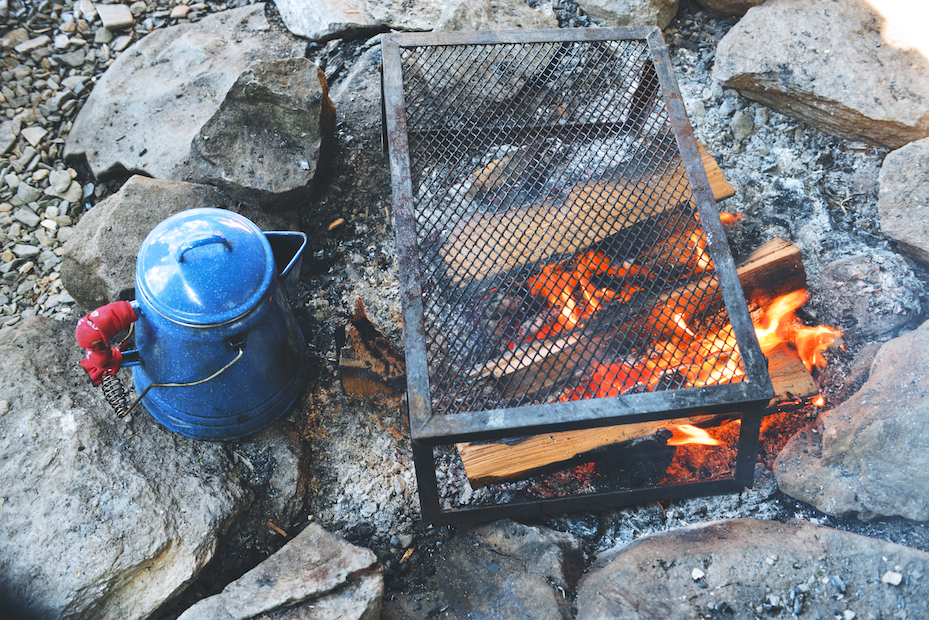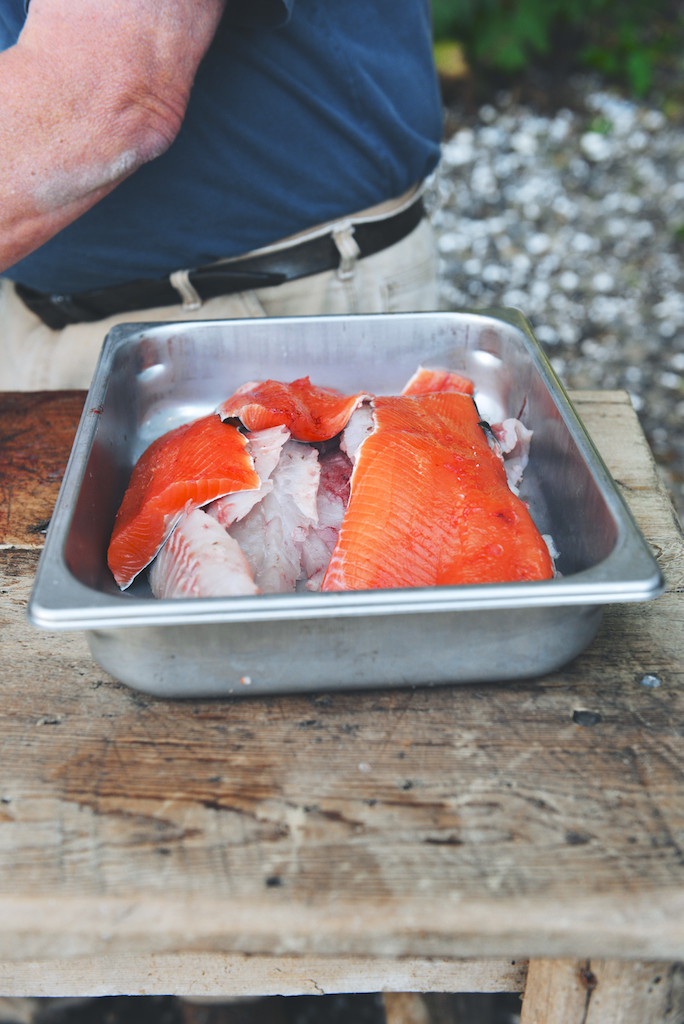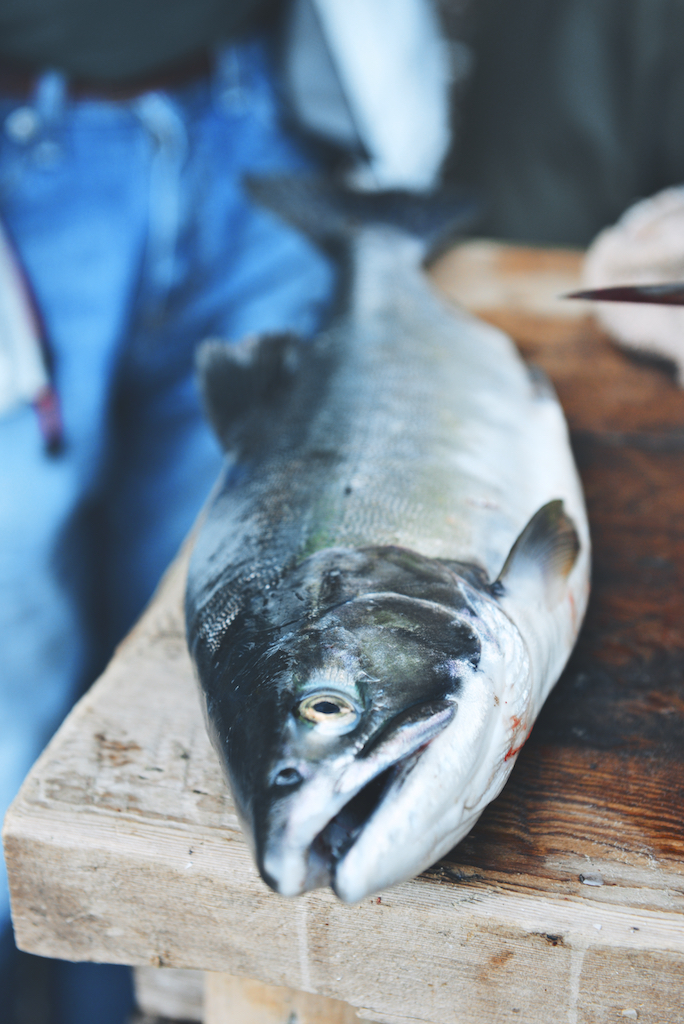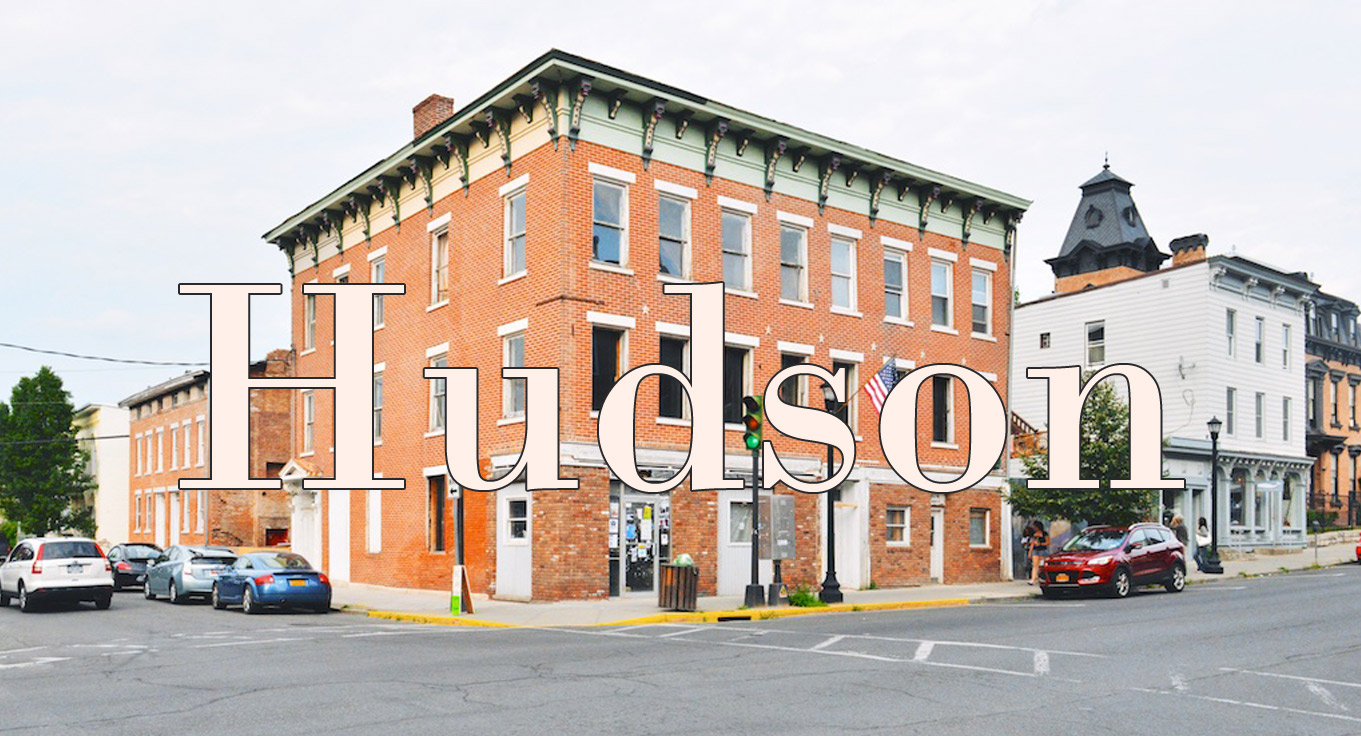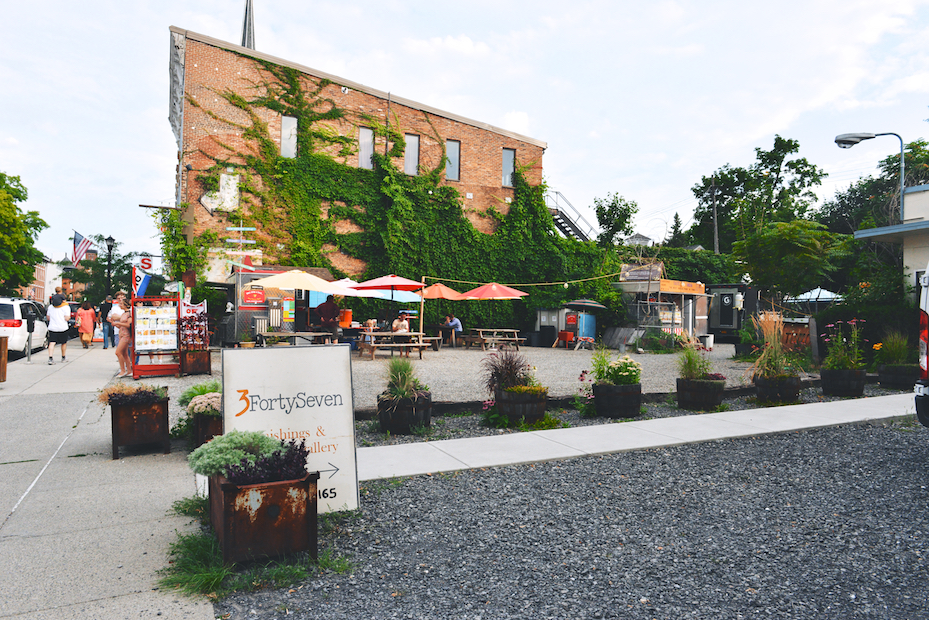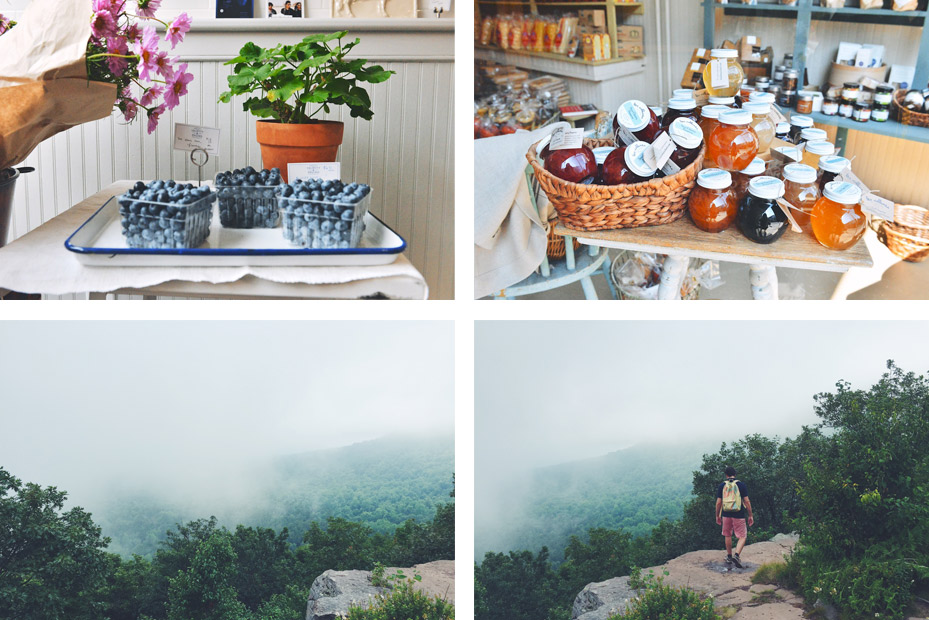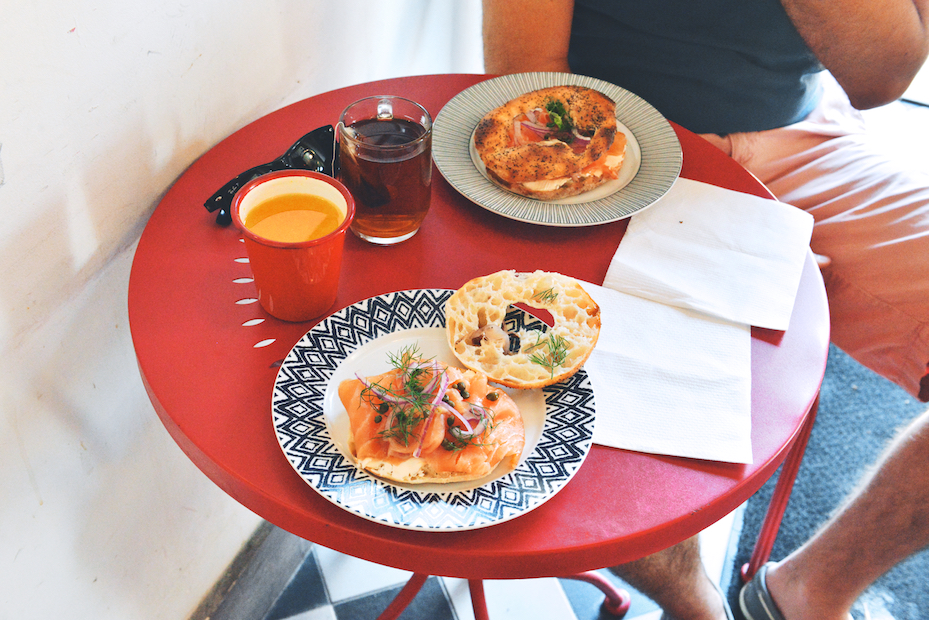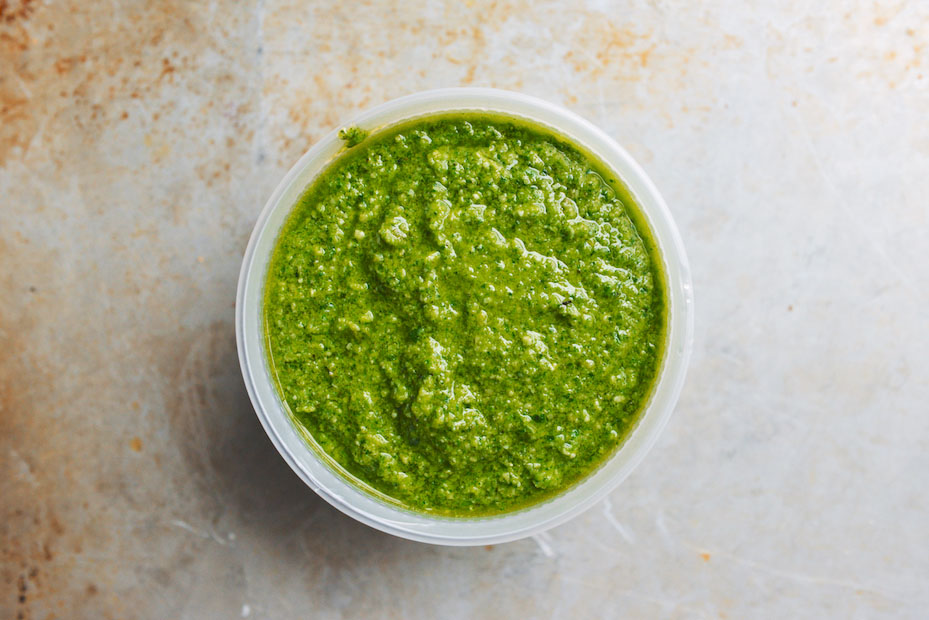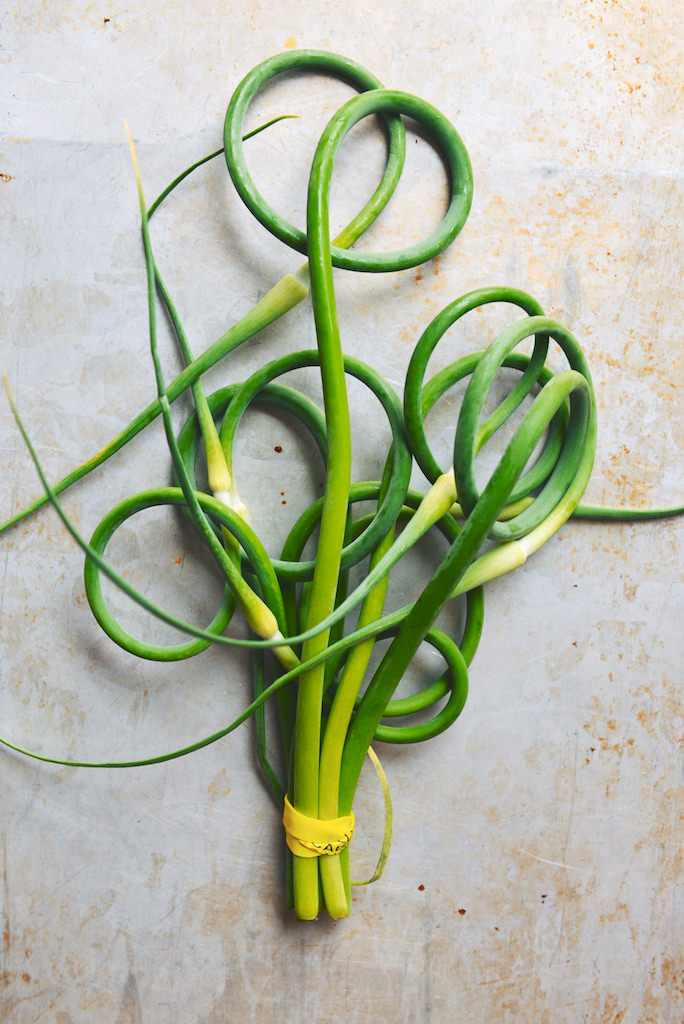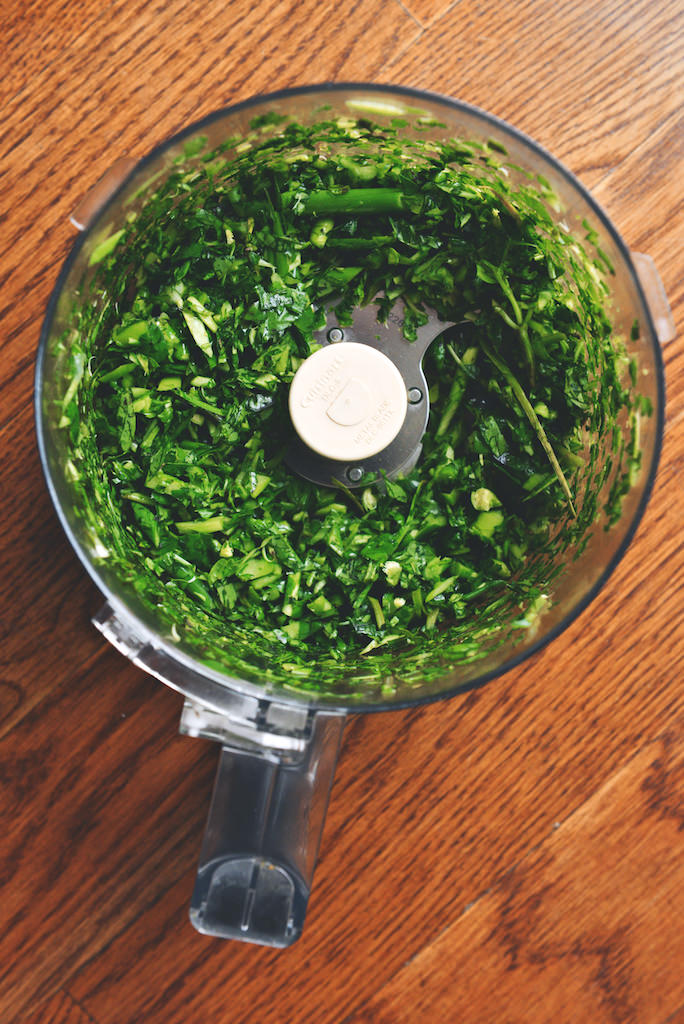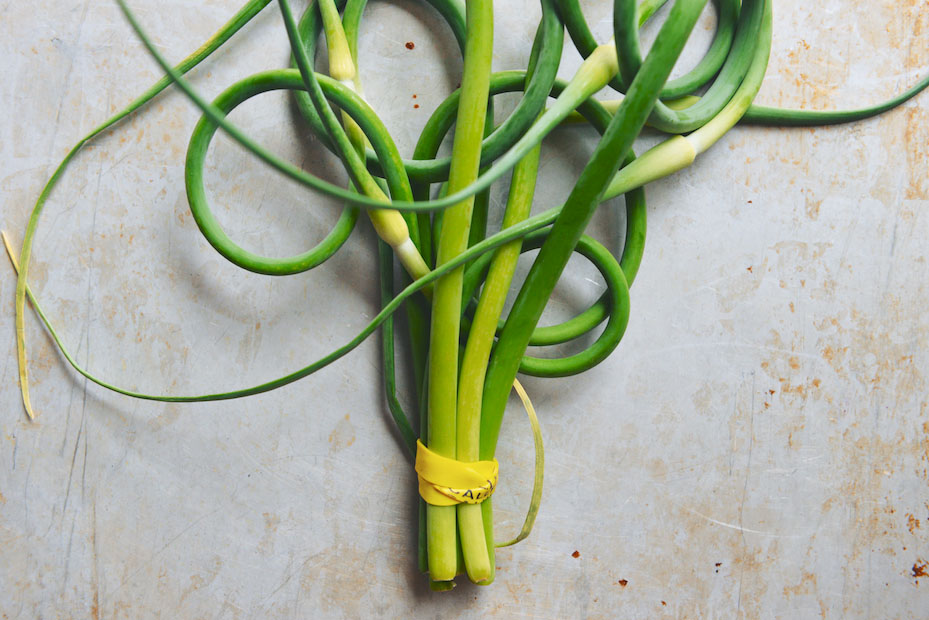Île d’Oléron is an island set–at its narrowest–5 kilometers off the western coast of France; the wilder cousin of comparatively posh Île de Ré. The island was once inhabited by pirates who hung lamps around the necks of donkeys at night, in hopes of tricking returning ships into wrecking along a shore that ebbs dramatically with the tide.
At the Frenchman’s paternal grandparents’ home–or, more accurately, a series of small homes for renting, each named with flowered tiles brought home from Pays Basque along with wheels of brebis and black cherry jam–there is no food processor. In fact, aside from stacks upon stacks of dish detritus–and one surprisingly versatile pair of scissors–there’s not much to aid in the cooking of a birthday lunch for nine. (I can’t locate a pen, until my father-in-law pulls one from another room.) I have the good sense to bring my own sharp knife.
I meander the garden with my camera, spotting tiny flowers and many fruit trees–the fruit still in its infancy at the start of July–but also raspberry bushes offering a handful of miniature, sweet-tart fruit. The soil here is so nutrient rich, it’s often mixed with sand. We find potatoes, green beans and apricots. In August, there will be hazelnuts, figs, peaches, prune plums, pears and apples.
At dusk, while my mother-in-law fries ceteaux in a pan of oil, I mix chocolate cake and marinate chicken with handmade mayonnaise, vinegar and herbs. We sip her punch–lime, simple syrup, rum–while we work. For dinner we eat fish rilletes from Pêcheries De la Cotinière, alongside langoustines boiled with bay and garlic, and steamed local potatoes. (In the fridge, we’ve stocked away fifty oysters I’ll grill the next day, and tuna I’ll kebab, and dress in herb oil.)
By 11pm, dinner is over, and I’m hand chopping basil, parsley, arugula, garlic, and chives into near paste for pistou, as the boys watch the Euro Cup match across the kitchen, hollering. Chopping parsley is a contemplative act–even with the occasional chant of, “Giroud, Giroud, Giroud!” in the background; it’s only when I finish I realize my back is gently throbbing from standing over the low kitchen table for so long.
The morning comes, along with more family. We swim in the freezing ocean, bike as a chatting horde through narrow streets lined with white stone houses, pastel blue shutters, and spindly hollyhock stems flagged with pink, red, purple, and white flowers. Even though the cooking has not gone perfectly, the party is a success in every way that matters: we grill and eat and drink and sing songs and play the accordion and the violin and laugh. People go back for seconds. I decide to make more space for this in my regular, workaday life–“joy is not a crumb.”
Read more